Advantages and disadvantages of processed foods | What is the latest freezing technology to eliminate risks?
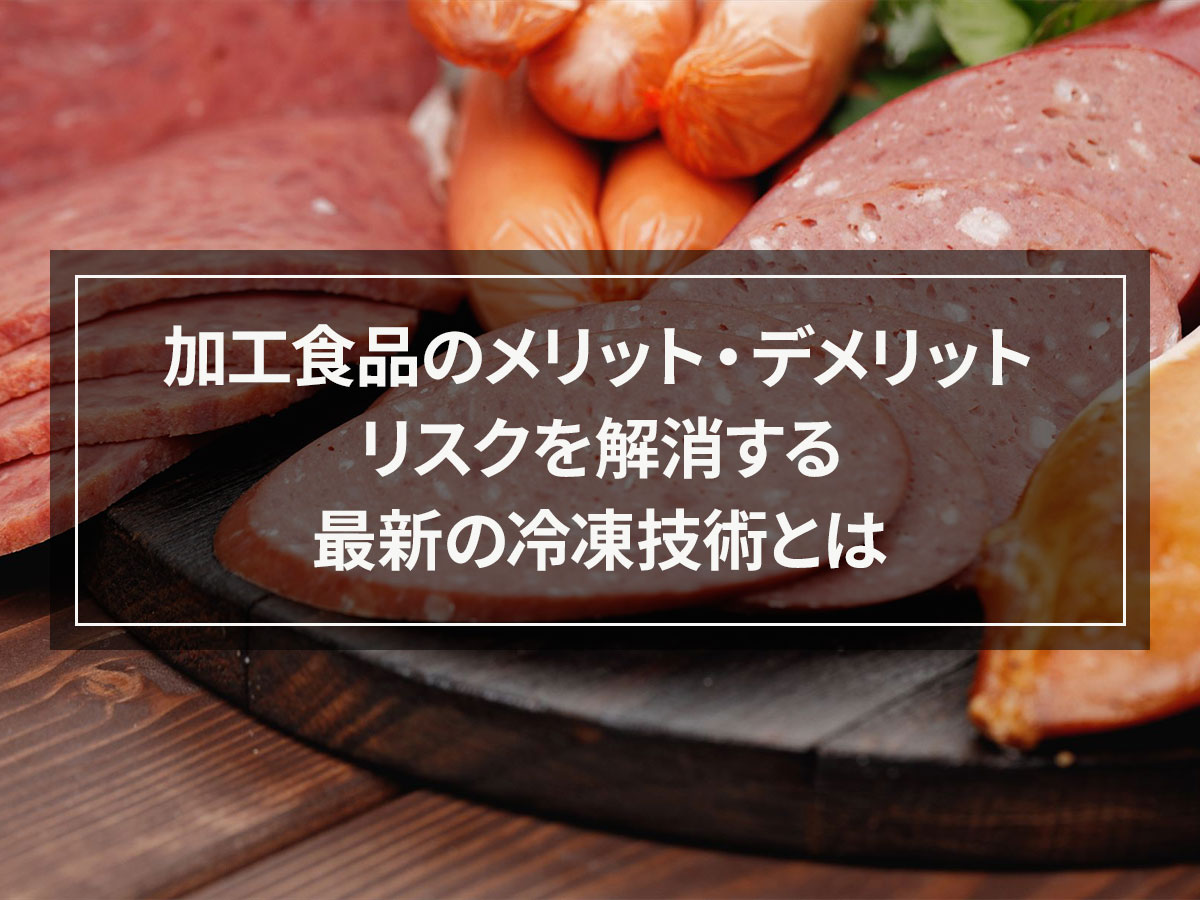
Processed foods have the advantage of being convenient and easy to handle.
However, when using it, you need to be aware of the disadvantages. If you understand the characteristics and incorporate them in moderation, you will be able to enjoy the benefits of processed foods.
In this article, we will explain the types and classifications of processed foods, as well as their advantages and disadvantages.
In addition, many processed foods can be stored for a long time, but you can extend the shelf life even further by using rapid freezer.
We will also touch on rapid freezer, which are convenient for long-term storage, so please use this as a reference when handling processed foods.
目次
What exactly is processed food?

Processed foods are foods that have undergone some kind of processing (seasoning, heating, drying, fermentation, etc.). Foods that have undergone no processing, only preparation and sorting, are classified as fresh foods.
Processed foods are manufactured for the purposes of ``maintaining the appropriate quality of foods that are difficult to preserve for long periods of time'' and ``effectively utilizing and stably supplying.''
In recent years, it has been manufactured to improve palatability by improving color, aroma, and taste, as well as to shorten cooking time.
Processed foods come in a wide variety of types and degrees of processing. There are more opportunities to incorporate cooked and semi-cooked foods into cooking, which helps solve time and economic issues.
Types of processed foods
There are four main types of processed foods:
- Seafood processed food
- Livestock processed food
- Agricultural processed food
- Other processed foods
These are further subdivided into many types, including processed seafood, meat products, and processed vegetable products. Let's take a look at what types of each type there are.
<Types of processed foods (examples)>
| kinds | ||
| Major classification | Middle classification | Minor classification |
| Seafood processed food | processed seafood | Salted seafood, canned seafood, paste products, etc. |
| processed seaweed | Kelp, dried hijiki, agar, etc. | |
| Livestock processed food | meat products | Processed meat products, canned and bottled poultry meat, etc. |
| dairy products | Milk, butter, cheese, ice cream, etc. | |
| Agricultural processed food | processed vegetable products | Processed tomatoes, frozen vegetables, dried vegetables, etc. |
| Fruit processed products | Jam, marmalade, fruit butter, frozen fruit foods, etc. | |
| Other processed foods | seasonings and soups | Miso, soy sauce, soup, etc. |
| cooked food | Cooked frozen foods, chilled foods, bento boxes, etc. | |
※The above is an example.
Classification based on degree of processing
Processed foods are divided into primary processed foods, secondary processed foods, and tertiary processed foods, depending on the degree of processing.
Let's take a look at the differences between each and food examples.
・Primary processed food
Primary processed foods are foods that have been physically processed or microbially processed to take advantage of the properties of the raw food.
Examples: Polished barley, polished rice, pickles, cut vegetables, vegetable oil, canned goods, alcoholic beverages, etc.
・Secondary processed food
Secondary processed foods are foods that have been processed by combining one or more types of primary processed foods.
Examples: noodle making, bread making, margarine, mayonnaise, sauce, ham, etc.
・Tertiary processed food
Tertiary processed foods are foods that are processed into a form different from the original processed food by combining two or more types of primary processed foods or secondary processed foods.
Examples: Prepared foods, retort foods, frozen foods, confectionery, beverages, etc.
Benefits of processed foods

Processed foods have become widespread and pervasive in modern people's diets. Here we will explain the benefits of processed foods.
Can be stored for a long time
Some processed foods can be stored for long periods of time by being heat sterilized or using preservatives to maintain their quality for a long time.
Many sealed canned foods and retort foods can be stored for more than a year if placed in an appropriate environment.
easy to cook
Processed foods that have been cooked to some extent can be eaten by simply frying or heating them. Therefore, it does not require much time to cook.
There are also some processed foods that can be eaten without cooking. If used in restaurants, etc., you can expect to improve operational efficiency by shortening cooking time.
Can prevent food loss
Processed foods that are suitable for long-term storage do not need to be thrown away even if they cannot be used all at once. Therefore, it will help prevent food waste.
According to a survey by the Ministry of Agriculture, Forestry and Fisheries, the amount of food loss in Japan in FY2021 was 5.23 million tons. Of this amount, food loss at general households was 2.44 million tons, and food loss at businesses was 2.79 million tons.
The reality is that a lot of food is thrown away every day in Japan, not just in restaurants and households. Causes of this waste include buying too much food and improper storage management.
Cheap price
Processed foods, which aim to make effective use of food and ensure a stable supply, have the advantage of being able to be purchased at relatively low prices. By adopting it properly, you can reduce your financial burden.
For businesses such as restaurants, this can help reduce not only purchasing costs but also labor costs for cooking.
Disadvantages of processed foods

While processed foods have many advantages in terms of preservation and economy, they also have some disadvantages. Here we will explain the disadvantages of processed foods.
likely to lead to overdosing
Eating processed foods too often can lead to excessive intake of salt, sugar, and fat. It is known that nutritional imbalance caused by eating too much processed food increases the risk of lifestyle-related diseases and aging.
The advantage of processed foods is that they require less preparation and can be easily incorporated, but it is also important to be careful not to make your diet center around processed foods.
nutrients are lost
In some cases, processed foods lose their original nutrients during processing such as heating. In particular, vitamins and dietary fiber are easily lost in vegetables and fruits, and the more complex the processing, the more nutrients are lost.
For example, it is said that about 60% of the vitamins in wheat are lost when it is milled into flour.
Contains many food additives
Food additives are used in some processed foods to improve taste, appearance, and maintain quality.
Examples: Coloring agents and sweeteners for confectionery, coloring agents for ham and sausages, preservatives for bento boxes, etc.
If you consume processed foods on a daily basis, you may exceed the acceptable intake amount of food additives, which may harm your health. You need to be careful about consuming too much processed food.
In this way, while processed foods have the advantage of being highly convenient, they also have the disadvantage of being bad for the body. However, technology that suppresses this disadvantage has recently been attracting attention.
That is refrigeration technology.
Freezing not only offers the convenience of processed foods, but also makes it possible to create healthy products with fewer additives.
Also, some people have the impression that frozen foods are not tasty, but advances in freezing technology have led to the emergence of many high-quality frozen foods.
rapid freezer useful for long-term preservation of processed foods

By using the latest rapid freezer, you can lock in the flavor and flavor of food without destroying its cells, making it possible to maintain the quality and taste of foods that could not be frozen in the past without losing nutrients. Masu.
In addition, since it is possible to preserve food by freezing it without causing the growth of bacteria, it is possible to preserve it for a long time without adding food additives.
Therefore, by using rapid freezing, we can produce foods that are good for the body and of high quality while retaining the high convenience that is the advantage of processed products.
The ``Artlock Freezer'', which uses flash freezing technology, is a fully automatic rapid freezer that automatically adjusts the freezing process, such as freezing time and air volume, according to the food and environment.
Equipped with a special mechanism and the latest technology, it has minimized the quality deterioration seen in conventional rapid freezing, making high-quality freezing possible.
Please see this page for more information about the Artlock Freezer, which has created ``the next generation flash freezing foods that are more delicious than fresh foods.''
Click here for information about the ARTLOCK Freezer
in conclusion
While processed foods have the advantage of being able to be stored for long periods of time and can be prepared in a short amount of time, they also have disadvantages such as nutritional imbalances and excessive intake of food additives.
Processed foods come in a variety of forms depending on the type and degree of processing, and the quantities handled are enormous. Businesses such as restaurants and retail stores can reduce costs and food waste by rapid freezing processed foods.
If you have any questions or concerns regarding rapid freezer, please feel free to contact us using the information below.








![[Storage period increased by 30 times! ] Achieving a stable supply of raw whitebait!](https://shunkashutou.com/wp-content/uploads/2016/11/579c55e6d32e1385c250e8e7c3ed59a71.jpg)
![[Sales increased 100 times! ] rapid freezing the signature menu “Ni-katsu sandwich”!](https://shunkashutou.com/wp-content/uploads/2016/11/IMG_02391.jpg)
![[Horse sashimi] We have significantly reduced waste loss with rapid freezer!](https://shunkashutou.com/wp-content/uploads/2016/11/5fda59d0cbcdabde18e58c3c58c09ed0.jpg)




![[Storage period increased from 3 days to half a year! ] Restaurants are expanding their business using wholesale and mail order!](https://shunkashutou.com/wp-content/uploads/2018/04/66c19942ab4ba346fdb64ccc04cde373.png)
![[Reduce loss from 200 kg of oysters to zero] Improve loss and expand business with rapid freezer](https://shunkashutou.com/wp-content/uploads/2018/06/19785ca583a8d3c4041c7c192d041b0d.jpg)














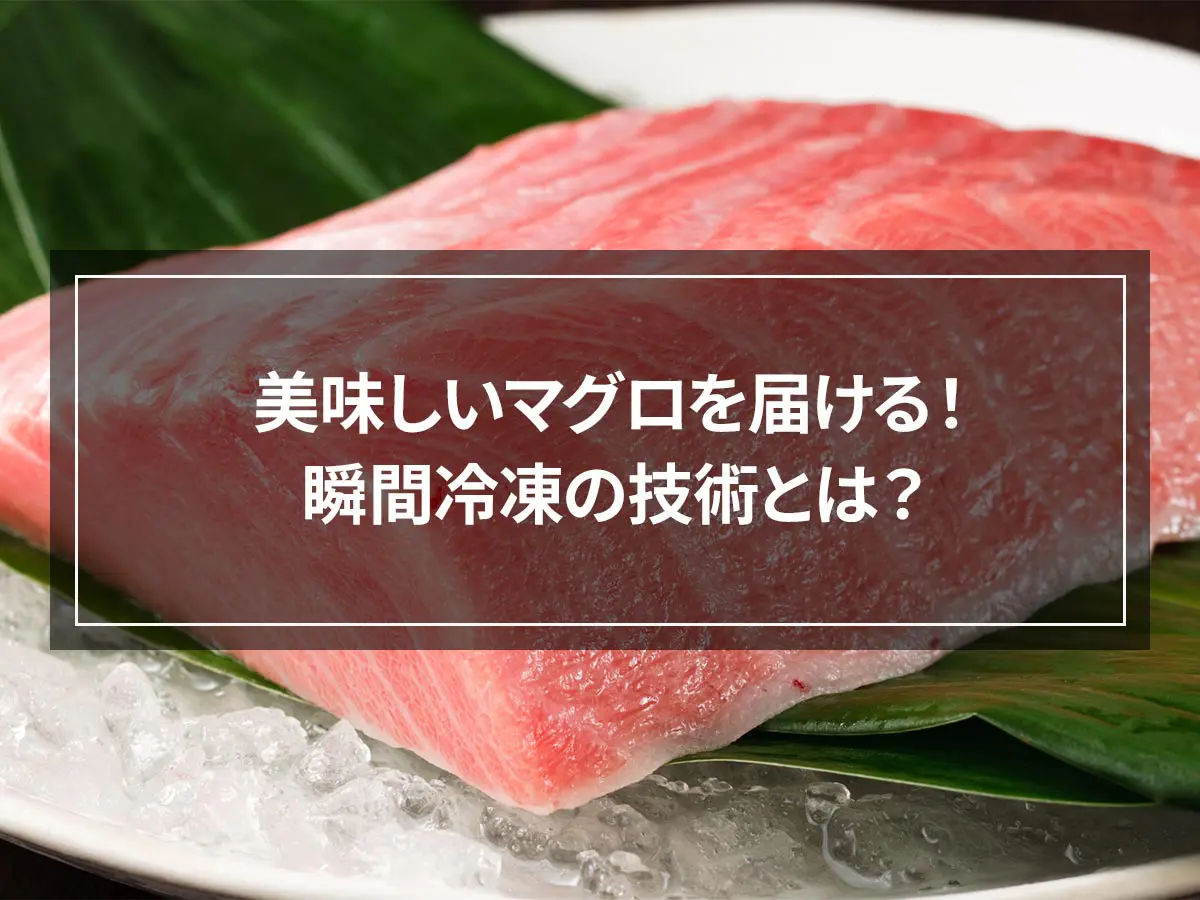
![[Is it more nutritious than raw? ] Introducing recipes and how to preserve frozen blueberries](https://shunkashutou.com/wp-content/uploads/2023/07/bdc074d8bfa2dc63c2c7bf92dc1dd07d.jpg)
![[How long does frozen fish and meat last? ] Interesting expiration dates and tips to extend the shelf life](https://shunkashutou.com/wp-content/uploads/2023/08/f124221382987fe32d0ffda6b6f497c1.jpg)
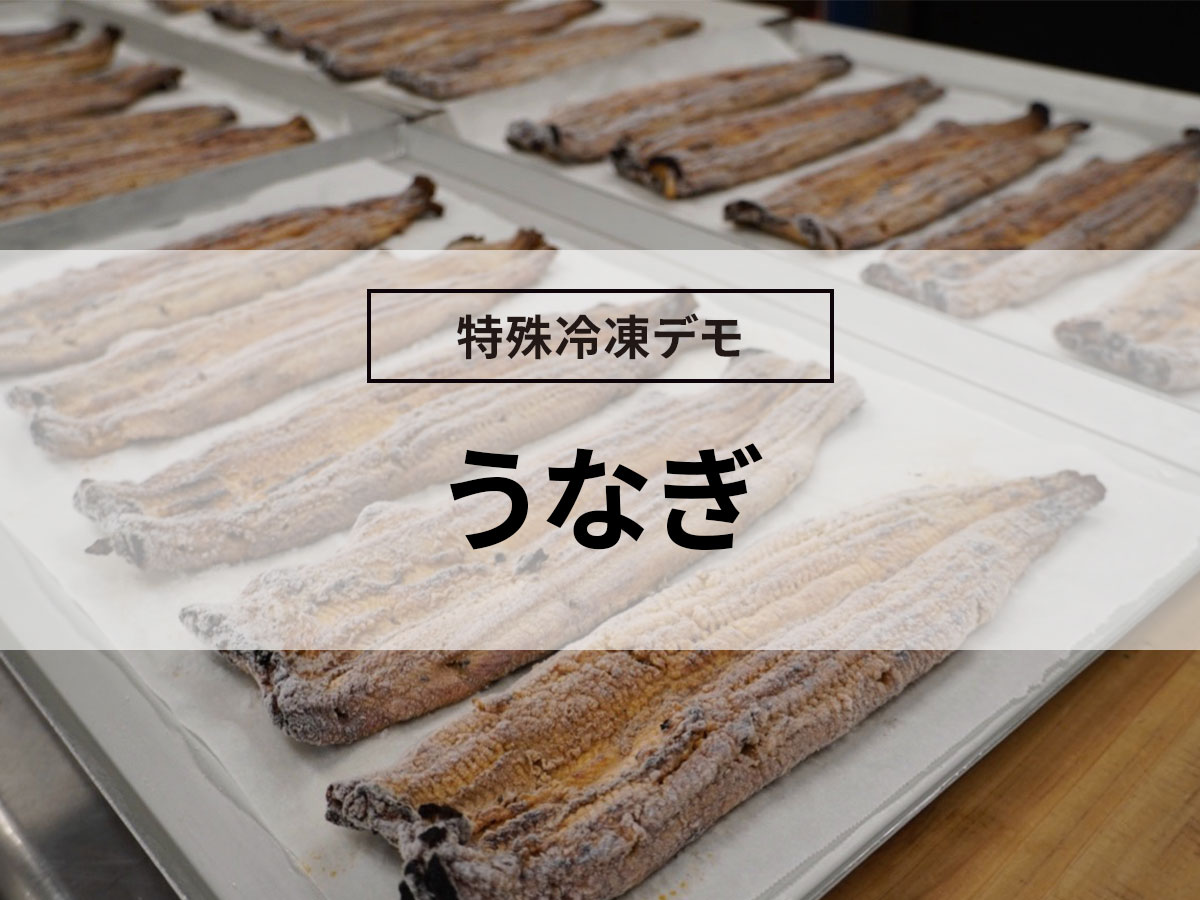
![[Explanation with photos! ] How to freeze taro, storage period, and 5 recipes!](https://shunkashutou.com/wp-content/uploads/2023/10/116858380_-768x512-1.jpg)



![Freezing fruits (melons, grapes, pineapples) [rapid freezing demo]](https://shunkashutou.com/wp-content/uploads/2017/04/f6c25534c570755c38676fba88215298.webp)
![[Delicious frozen squid recipe! ] Tips on how to eat squid deliciously and without waste](https://shunkashutou.com/wp-content/uploads/2023/10/f3bc339b6bcaff01bd8e2aaa4257acfe.jpg)
![How to freeze tomatoes, storage period, and 5 recipes! [Explanation with photos! ]](https://shunkashutou.com/wp-content/uploads/2023/10/tomato-768x513-1.jpg)
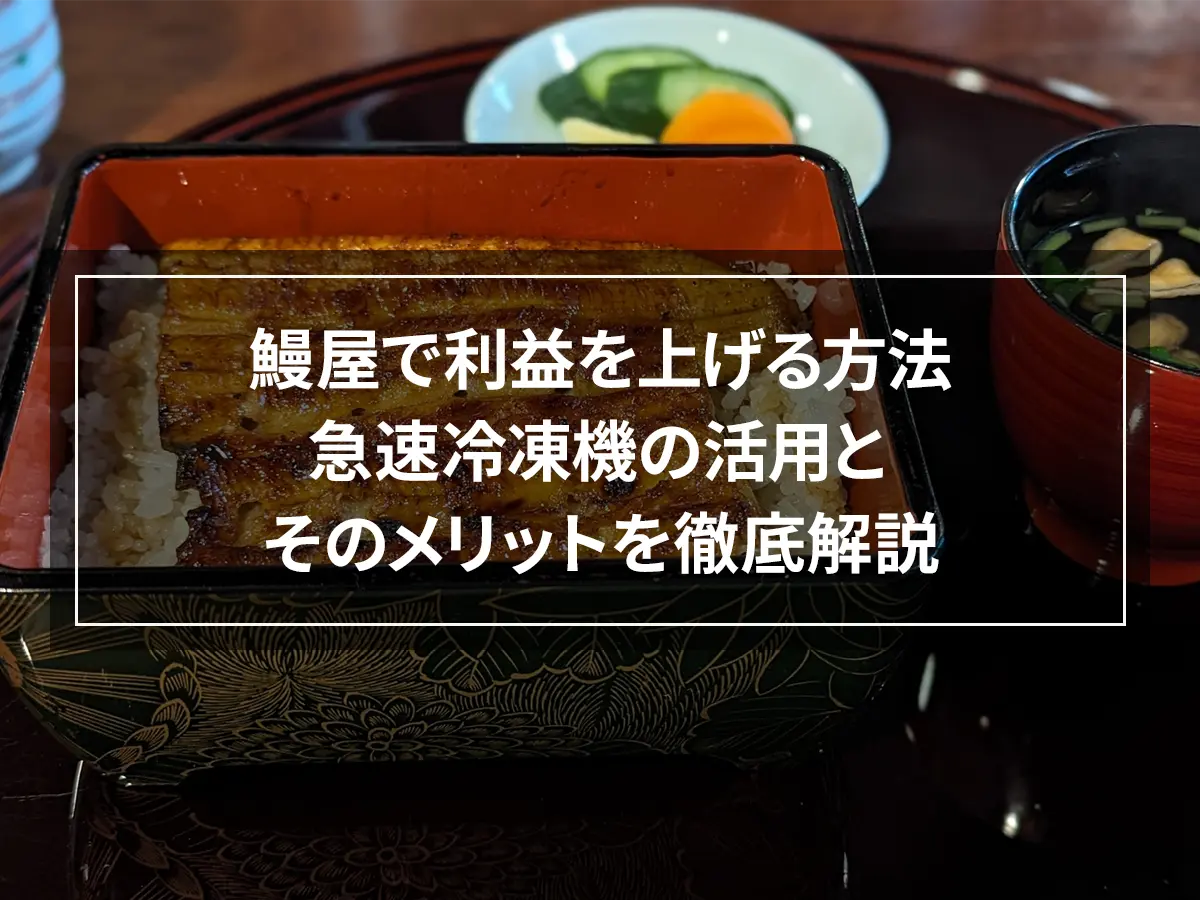
![[Can it be frozen? ] Introducing the recipe and how to freeze potato salad!](https://shunkashutou.com/wp-content/uploads/2023/10/3c640cd23d65764c14f701d25970ed59.jpg)
![[Just the meat from the field! ] Introducing how to freeze tofu and meat imitation recipes!](https://shunkashutou.com/wp-content/uploads/2023/10/100675242-768x512-1.jpg)
![[Import/Export Industry] Advantages and success stories of introducing rapid freezer](https://shunkashutou.com/wp-content/uploads/2015/05/jirei_yunyu_img_01.jpg)
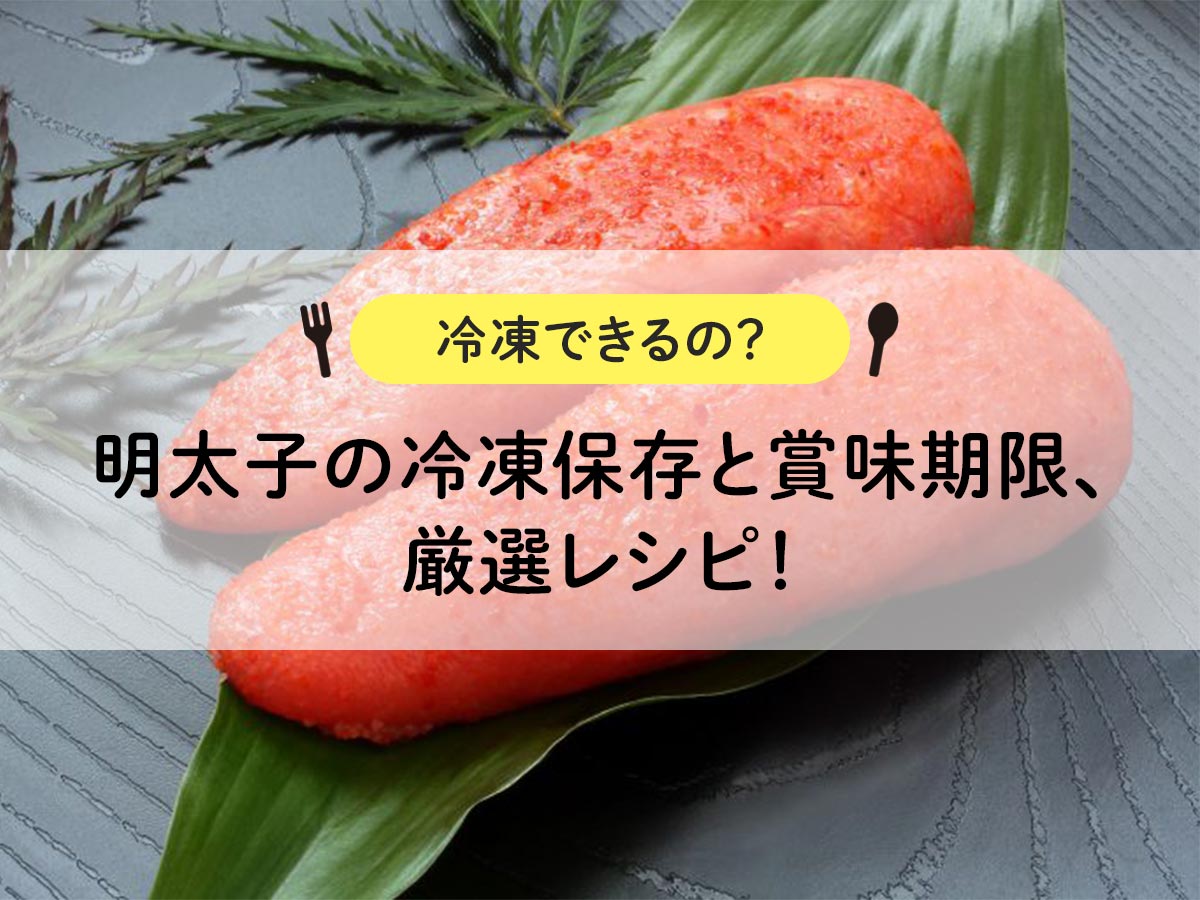
![Introducing recipes and methods for good frozen preservation of okra [Explanation with photos! ]](https://shunkashutou.com/wp-content/uploads/2023/10/616c25d6c59f80c7a09effe2edc5ef92.jpg)
![[Explanation with photos! ] How to freeze green beans, storage period, and 5 recipes](https://shunkashutou.com/wp-content/uploads/2023/09/f3dbbe5b1d05a50f514a833efdceced9.jpg)
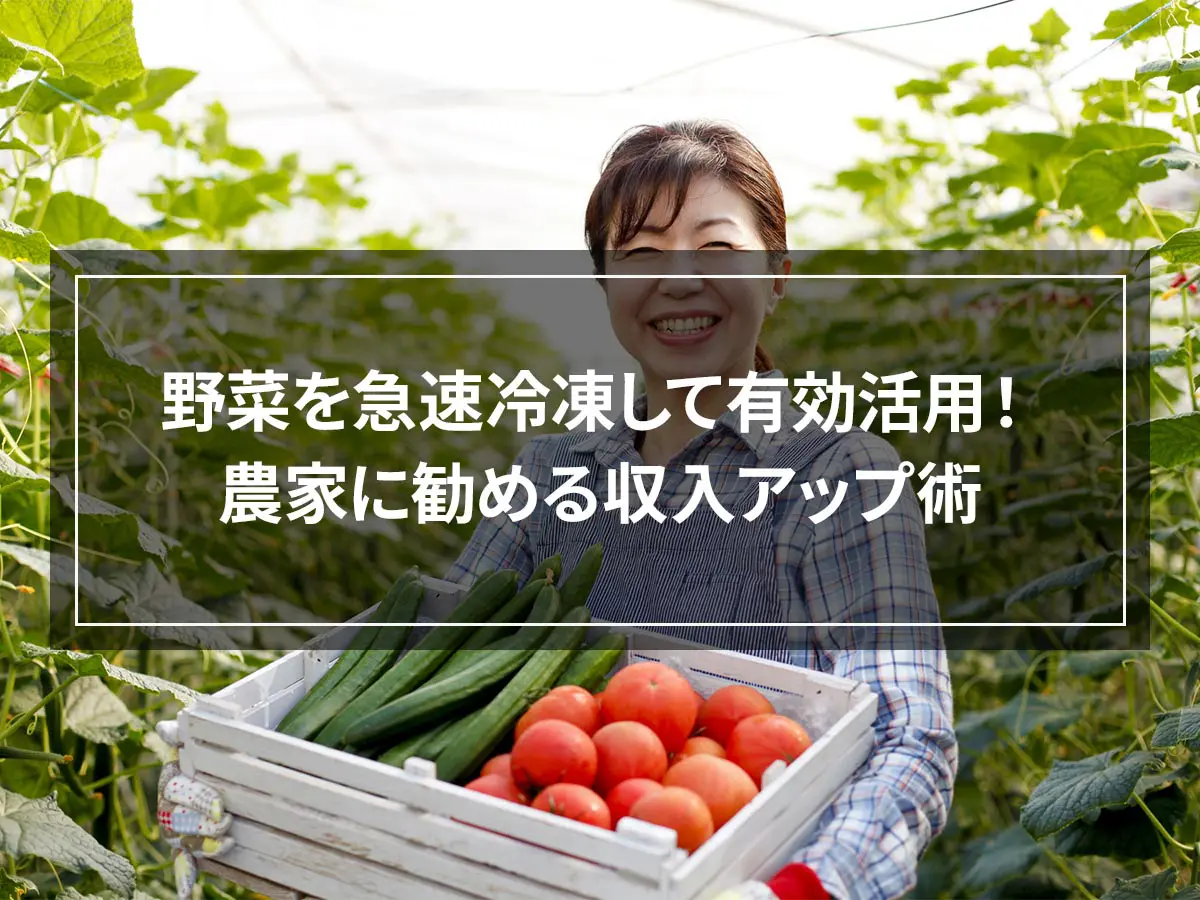
![How to freeze cucumbers and 5 recipes! [Explanation with photos! ]](https://shunkashutou.com/wp-content/uploads/2023/09/37a83e91a989dfbc285ac11dede7c8c2.jpg)
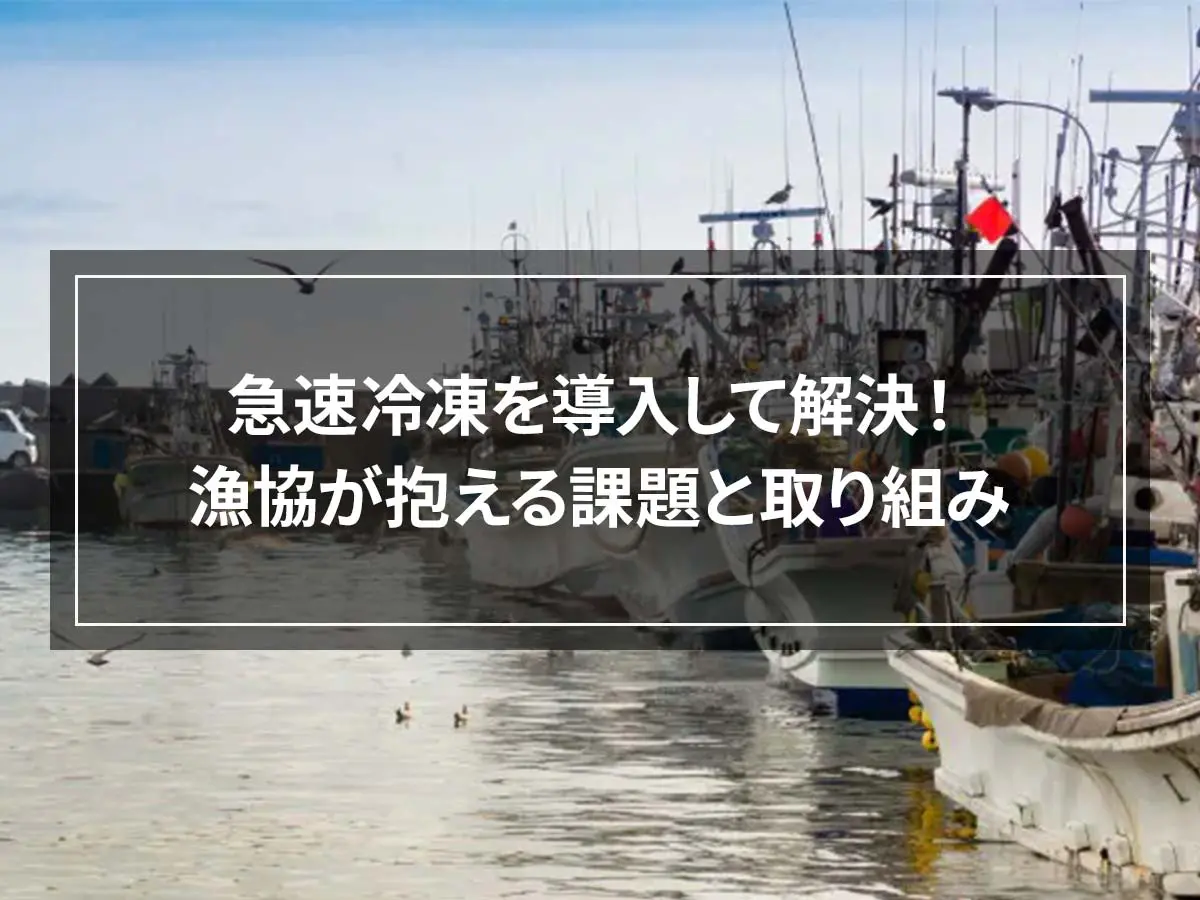
![How to freeze zucchini and 5 recipes! [Explanation with photos! ]](https://shunkashutou.com/wp-content/uploads/2023/10/zucchini6-768x512-1.jpg)
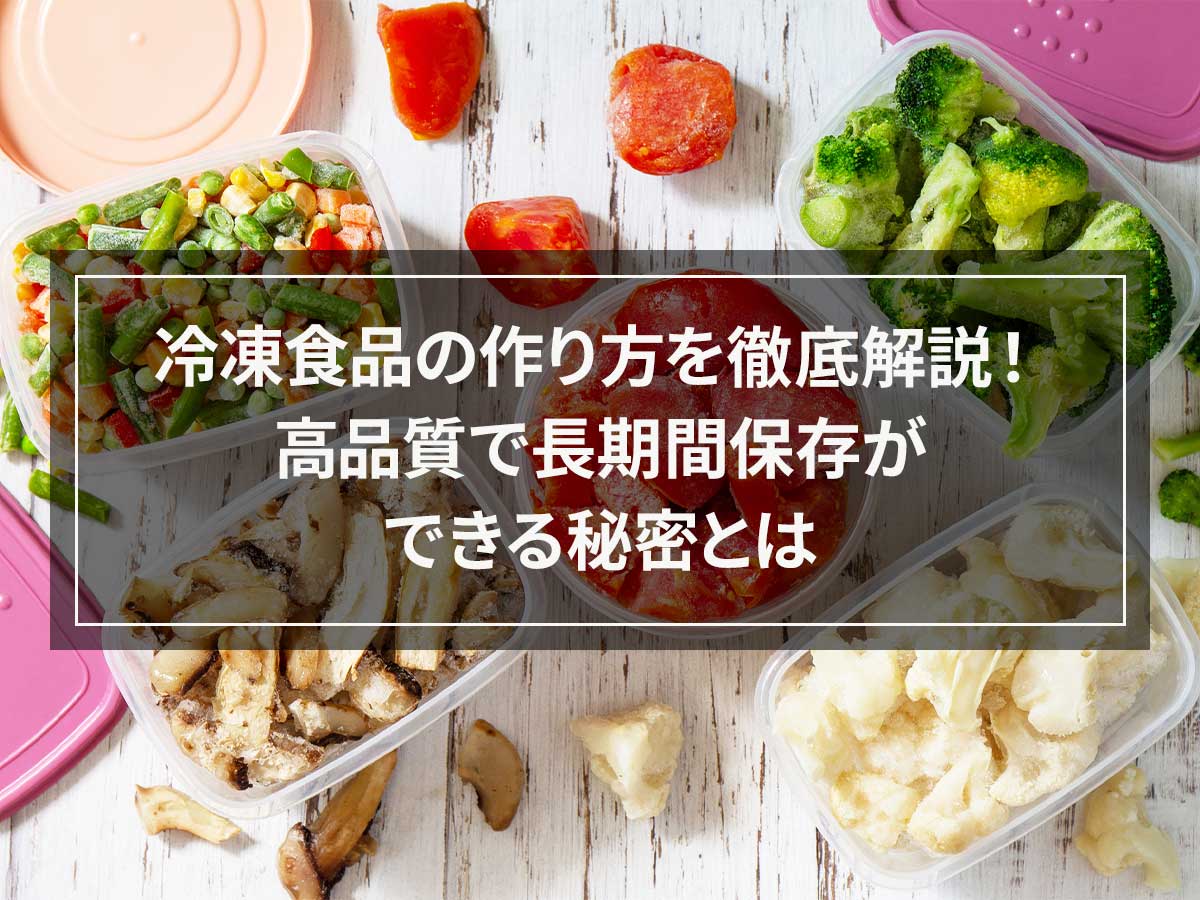

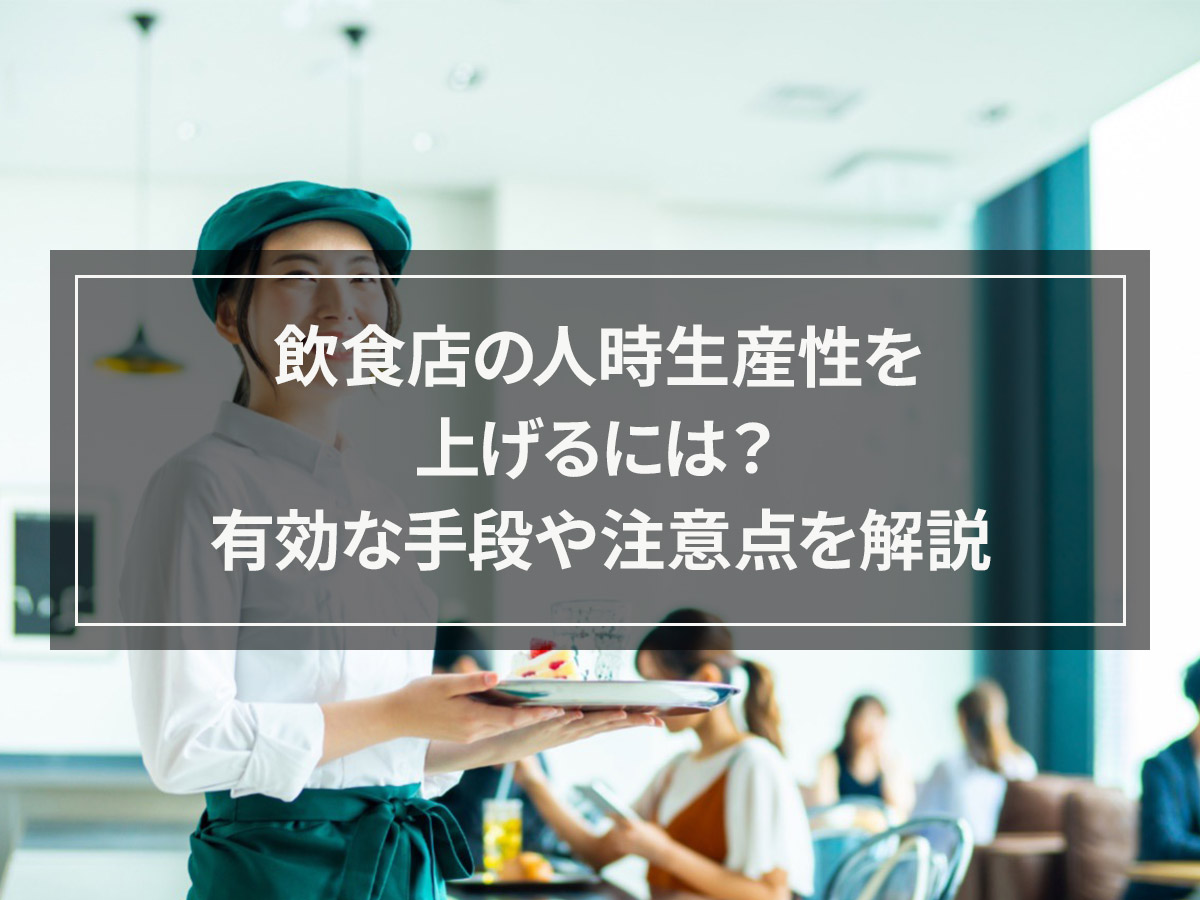
![[Easy installation and bulk storage] Prefabricated freezer functions and prices](https://shunkashutou.com/wp-content/uploads/2015/09/e52a1bacf6f05c6337143048f88802d7.jpg)

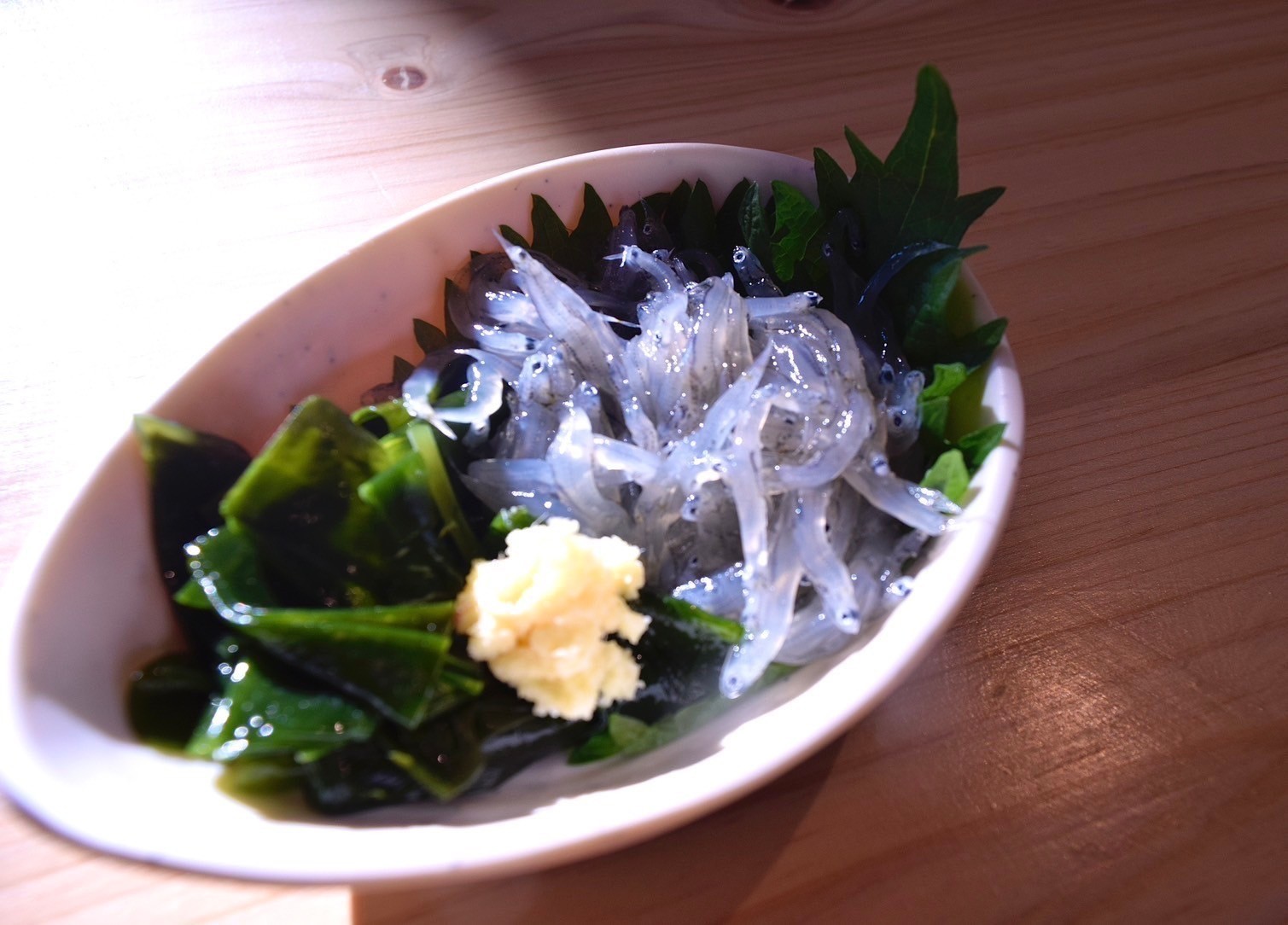
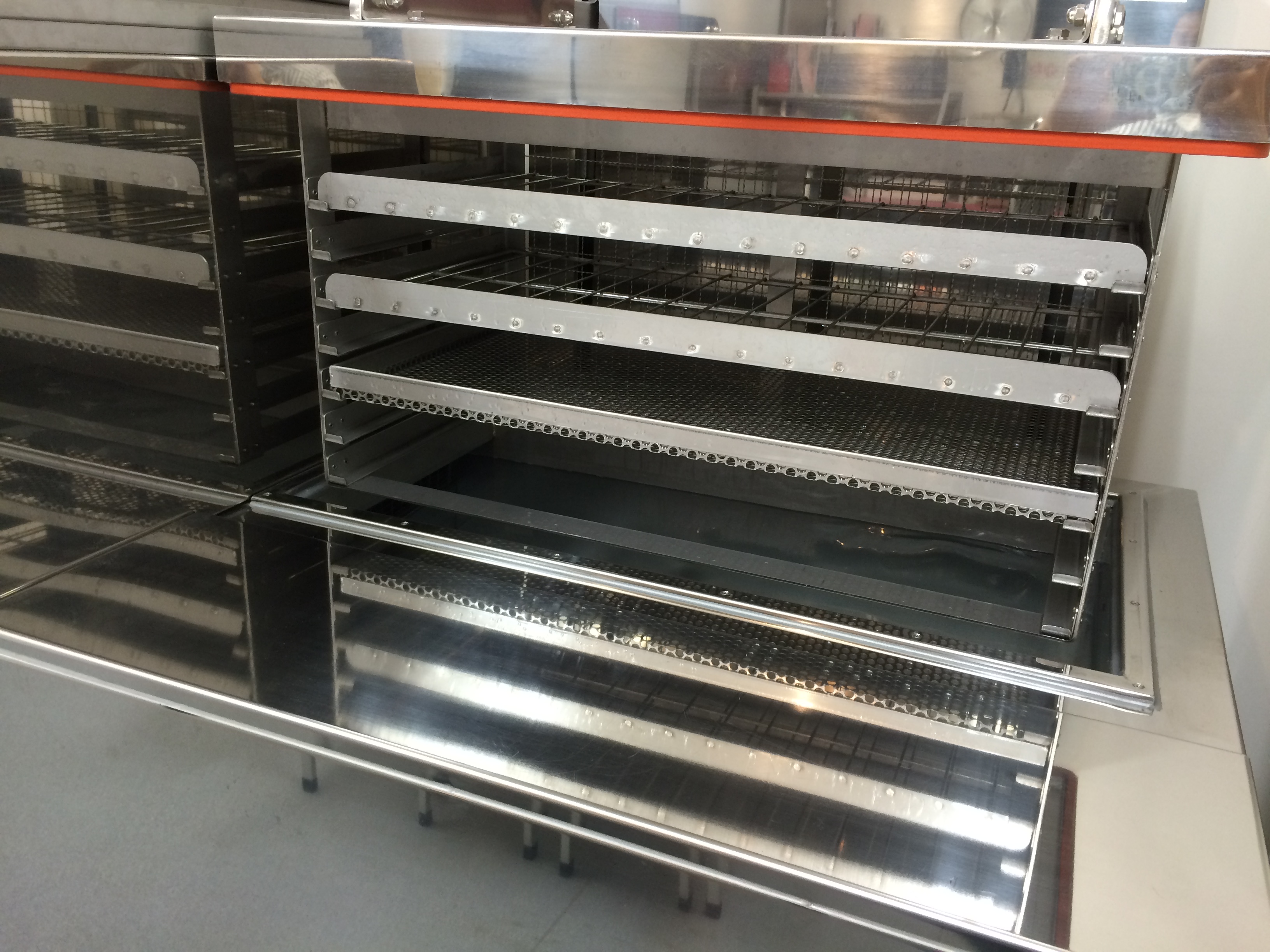

![[8 times more nutrition! ] Introducing how to freeze clams, storage period, and 5 recipes](https://shunkashutou.com/wp-content/uploads/2023/10/57204e2a2f115f810e29e365cfc86638.jpg)
![[Explanation of how to fry! ] Introducing how to freeze spring rolls and 5 carefully selected recipes!](https://shunkashutou.com/wp-content/uploads/2023/09/8964429f347a4ffd32dca5809cd02100.jpg)
![[Freezing Ramen] rapid freezing demo](https://shunkashutou.com/wp-content/uploads/2017/04/5bd196dffb982354d8f83114a5f7bdf2.webp)
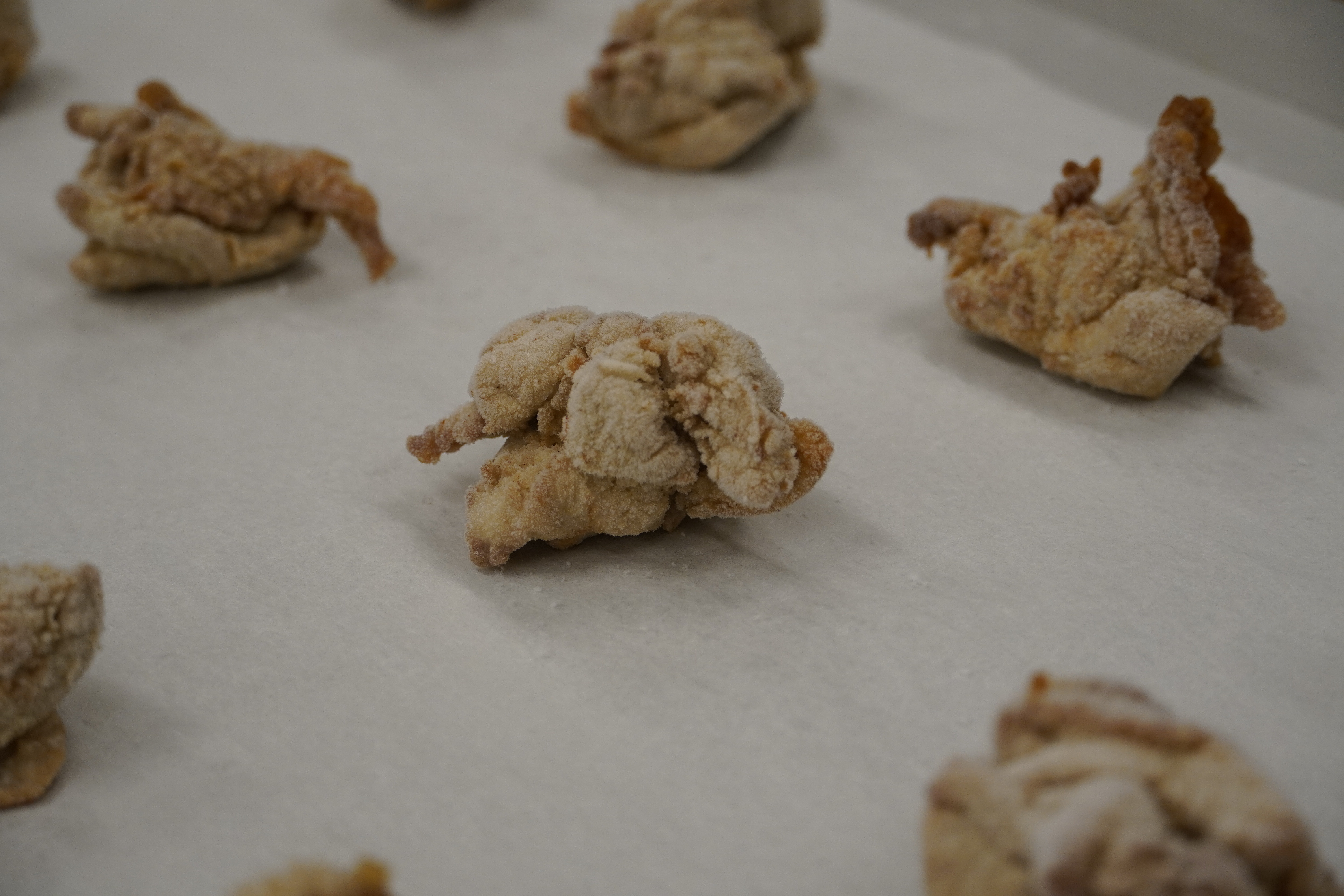
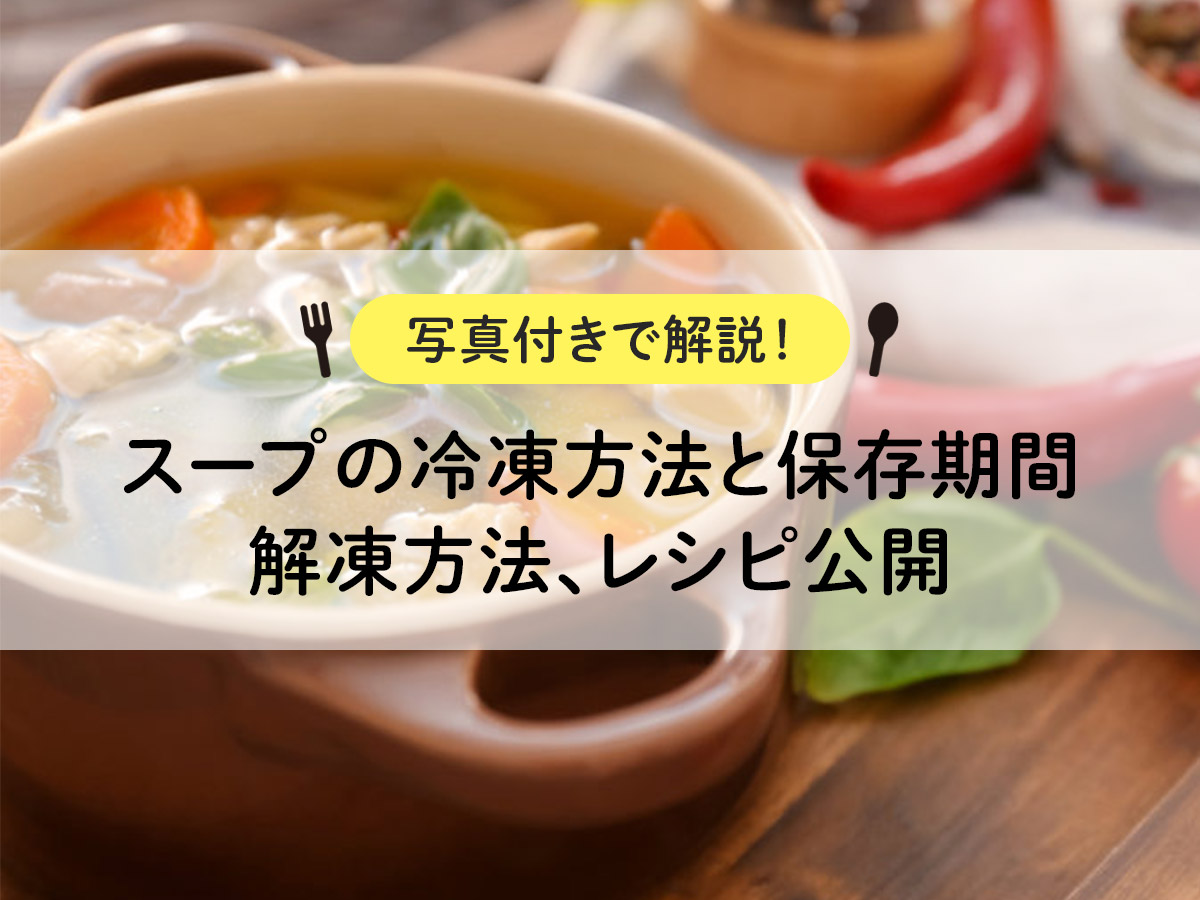
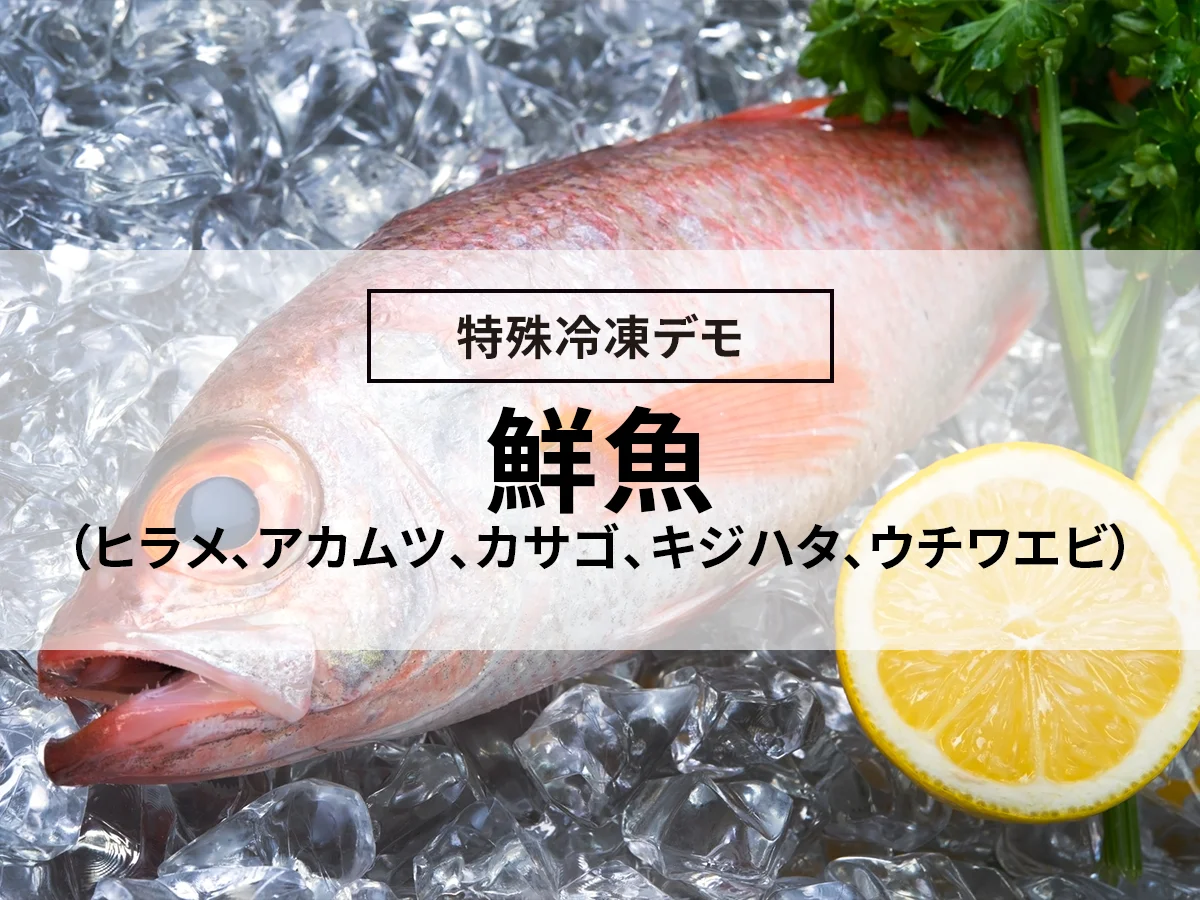
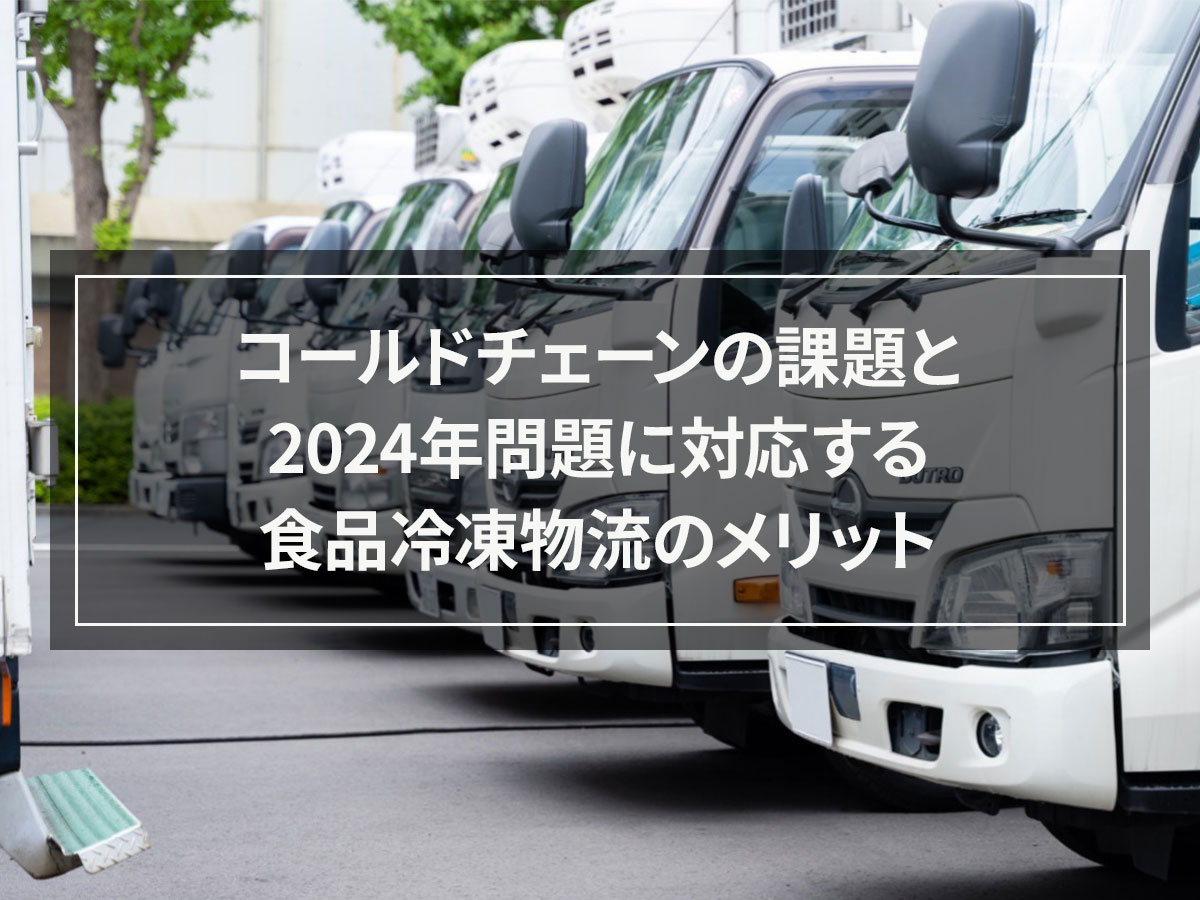
![[Explanation with photos! ] How to freeze beef, storage period, and 5 recipes!](https://shunkashutou.com/wp-content/uploads/2023/07/8717f2a867f52157bab47841b0f29019.jpg)
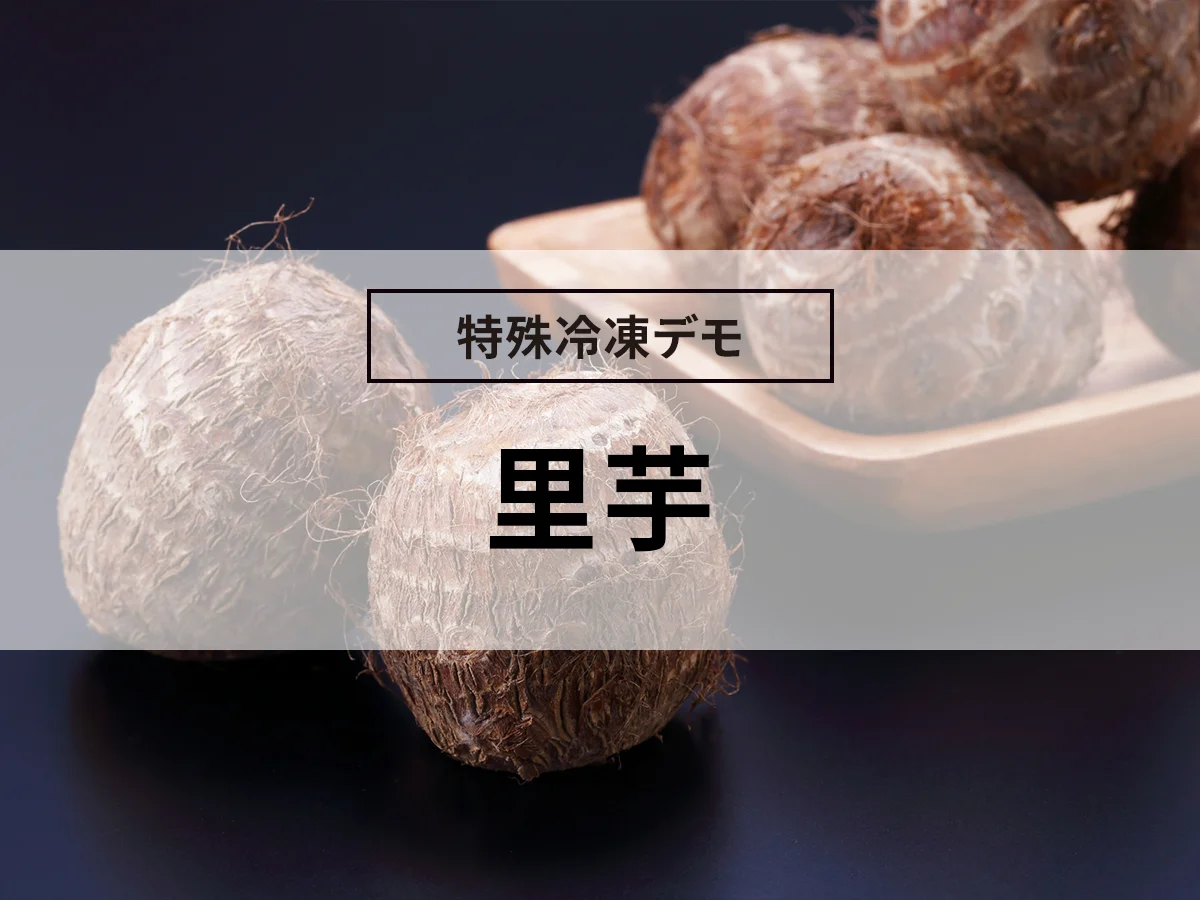
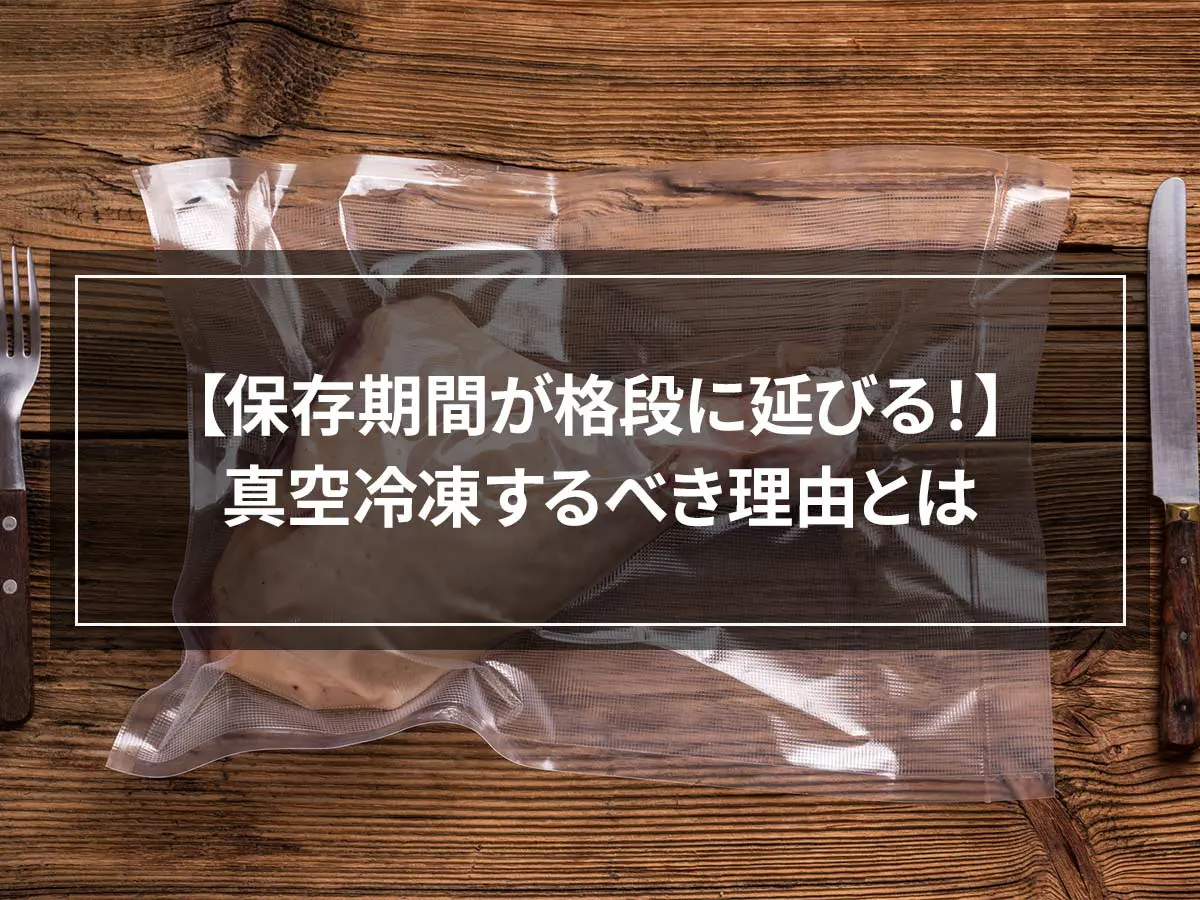
![How to freeze rice cake, expiry date, and 5 recipes! [Explanation with photos! ]](https://shunkashutou.com/wp-content/uploads/2023/10/bd019f04ad570f697ffefe9ffd2e1e71.jpg)
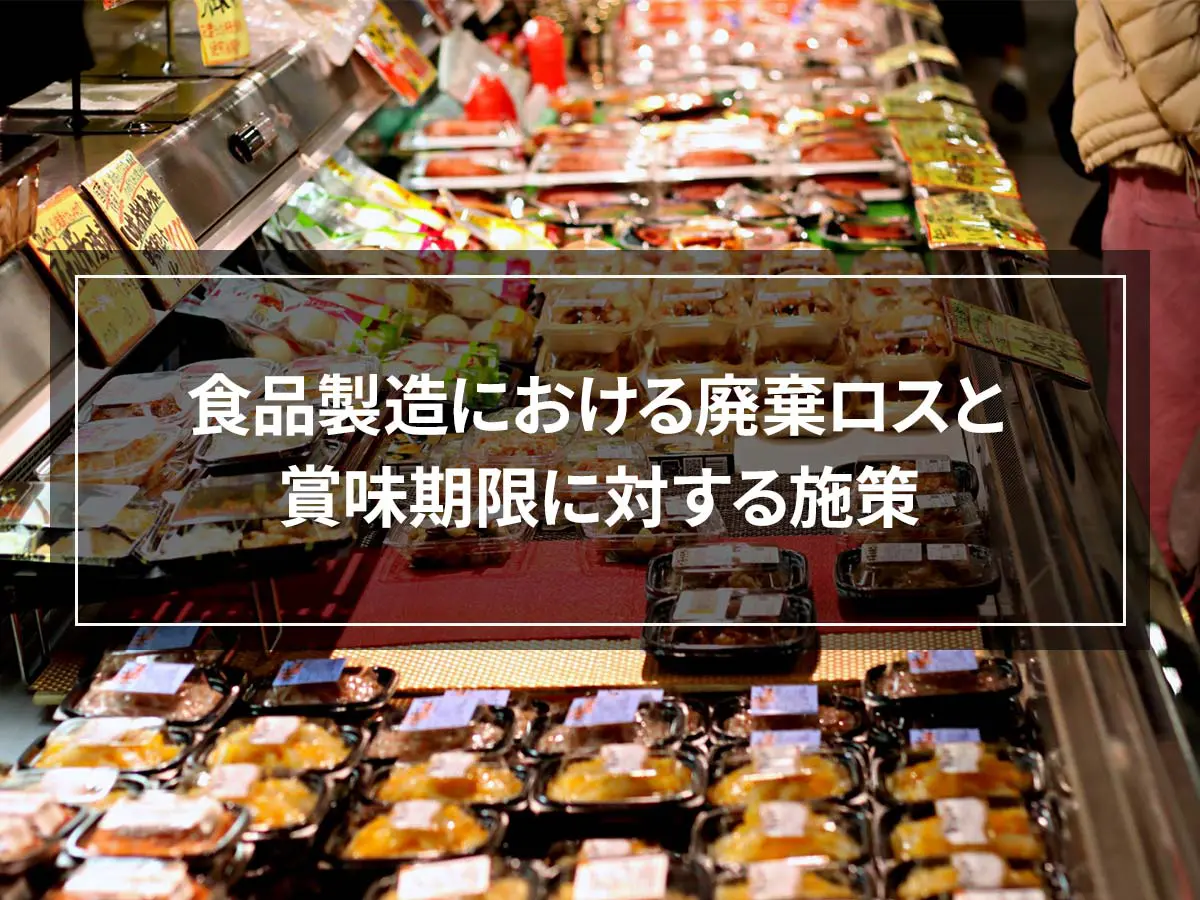
![[Dramatically extends the shelf life of vegetables! ] What is blanching process?](https://shunkashutou.com/wp-content/uploads/2023/07/8fce721a563a0e86a740b4d11dc63766.jpg)
![How to freeze grapes, thaw them, storage period, and 5 recipes! [Explanation with photos! ]](https://shunkashutou.com/wp-content/uploads/2023/07/c773e4ee54900a04329b03d0df5c7834.jpg)
![Introducing how to freeze/thaw salmon roe and how long to store it [includes carefully selected recipes]](https://shunkashutou.com/wp-content/uploads/2023/09/236b884b68d07d2f5983f2b9ea66583d.jpg)
![Introducing how to freeze mushrooms and recipes [Explanation with photos! ]](https://shunkashutou.com/wp-content/uploads/2023/09/a4b193bf883e378a4d3fb316b2edaf43.jpg)
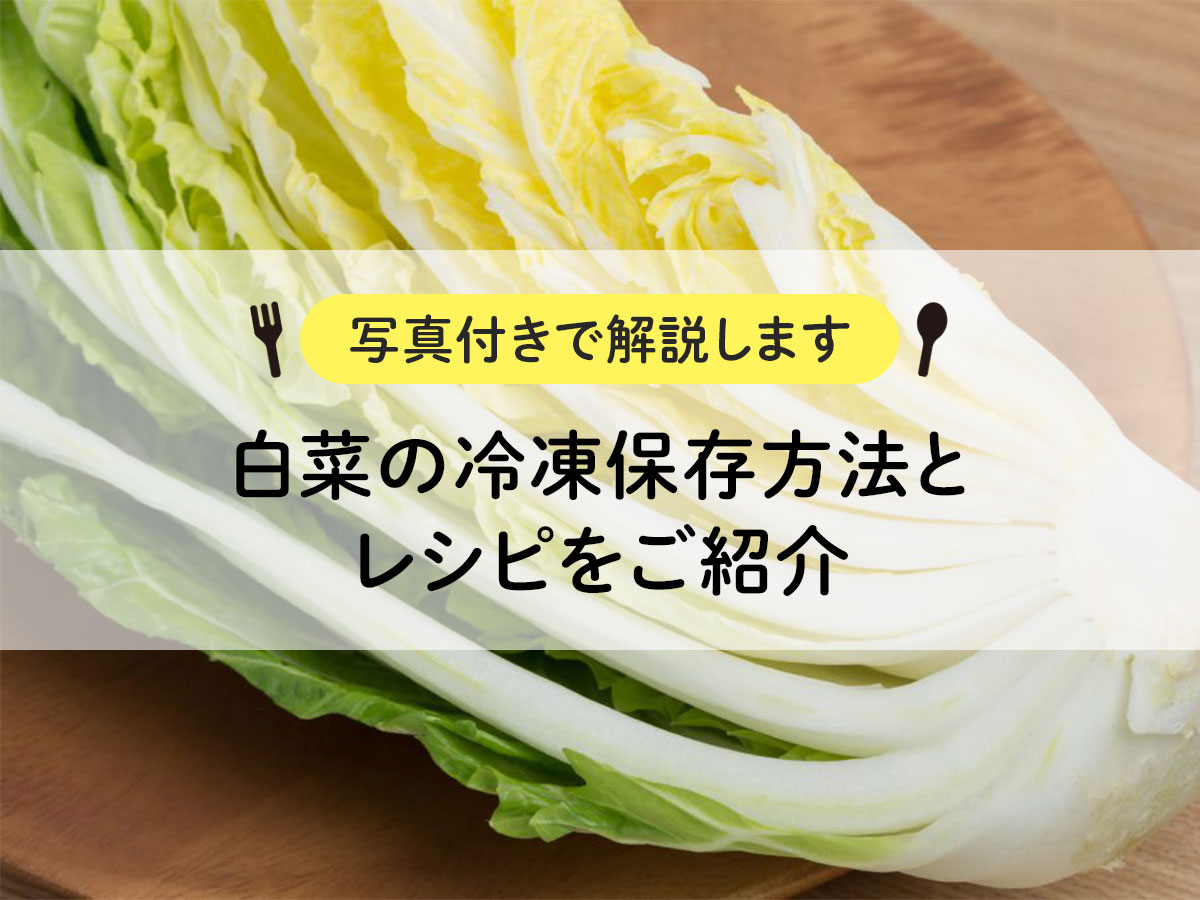
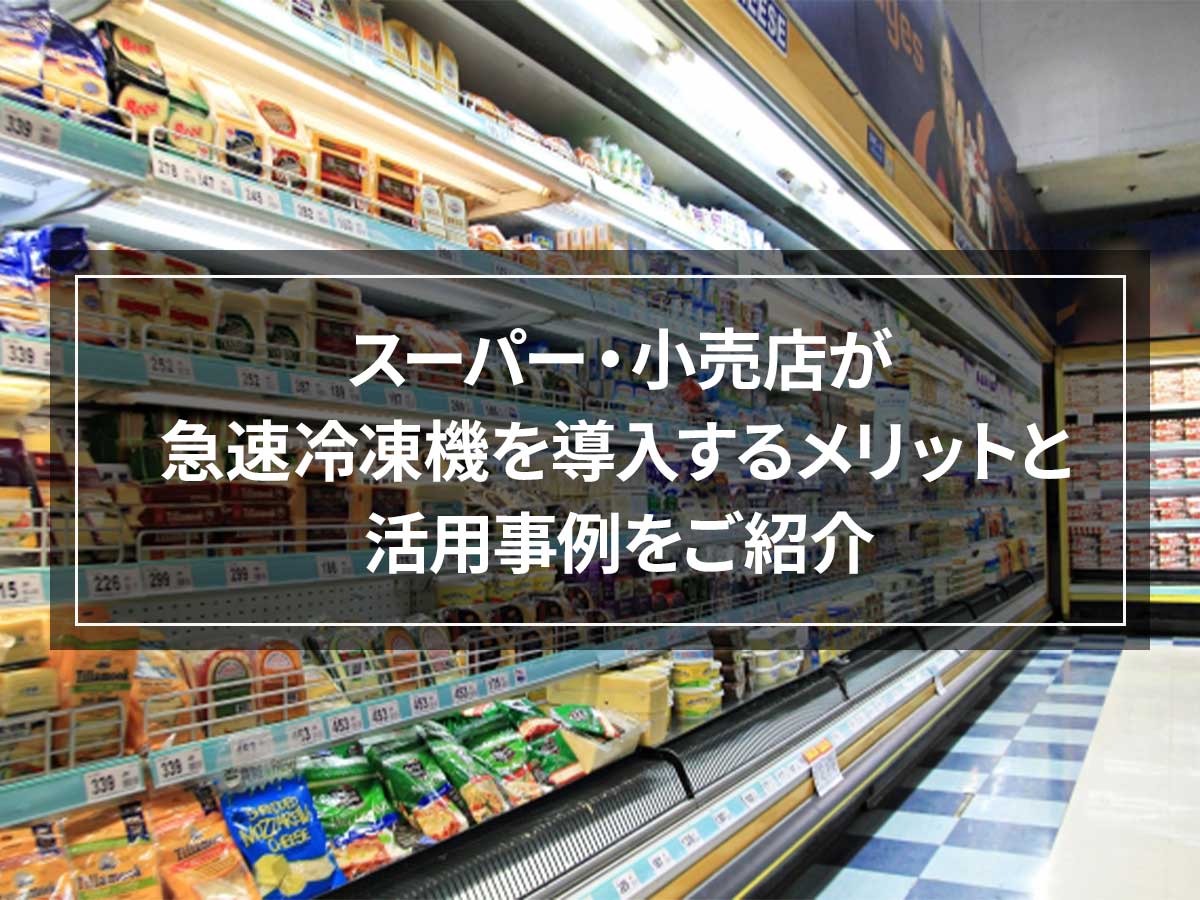
![[A must-see for restaurants that serve rice] What is rapid freezing that can preserve rice for a long time?](https://shunkashutou.com/wp-content/uploads/2024/05/c62e7b670b6a349aa31ef2d681a21137.webp)

![[Fisheries/Fisheries Cooperative] Advantages and success stories of introducing rapid freezer](https://shunkashutou.com/wp-content/uploads/2015/05/jirei_suisan_img_01.jpg)
![Explaining how to freeze tempura with photos! [Storage period, thawing, carefully selected recipes]](https://shunkashutou.com/wp-content/uploads/2023/10/51f33cde78d02d01a9e827132e4f069d.jpg)
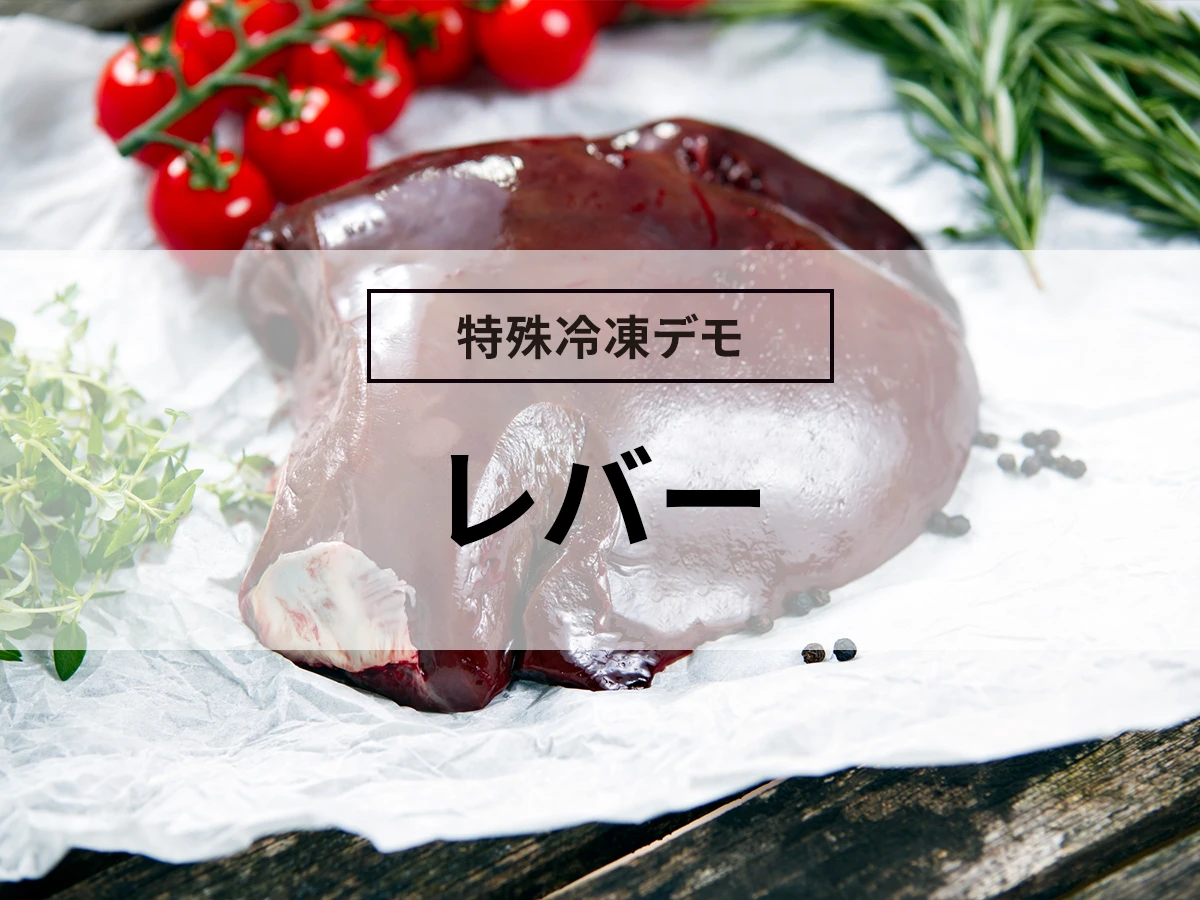
![Introducing recipes and methods for freezing spinach [Explanation with photos! ]](https://shunkashutou.com/wp-content/uploads/2023/10/spinachh-768x512-1.jpg)
![[Explanation with photos! ] How to freeze pumpkin, storage period, and 5 recipes](https://shunkashutou.com/wp-content/uploads/2023/10/36d3edf3acec7cf27351bd1211e770ac.jpg)
![[Explanation with photos! ] How to freeze and fry croquettes, 5 carefully selected recipes](https://shunkashutou.com/wp-content/uploads/2023/09/b364ee97a71777f9dd2e35fddbbdda72.jpg)
![[Explanation with photos! ] Shiitake mushroom freezing method and storage period, 5 recipes](https://shunkashutou.com/wp-content/uploads/2023/09/shiitake-768x512-1.jpg)
![[Rapid freezers in 2021] Market Trends and Customer Success Stories](https://shunkashutou.com/wp-content/uploads/2020/12/7F9A9CB9-A494-4E6A-946E-079279C596E6.jpeg)
![[Explanation with photos! ] Introducing the method and recipe for freezing komatsuna](https://shunkashutou.com/wp-content/uploads/2023/09/5d2a19a6e6cfb5ad0329d8fce162f292.jpg)
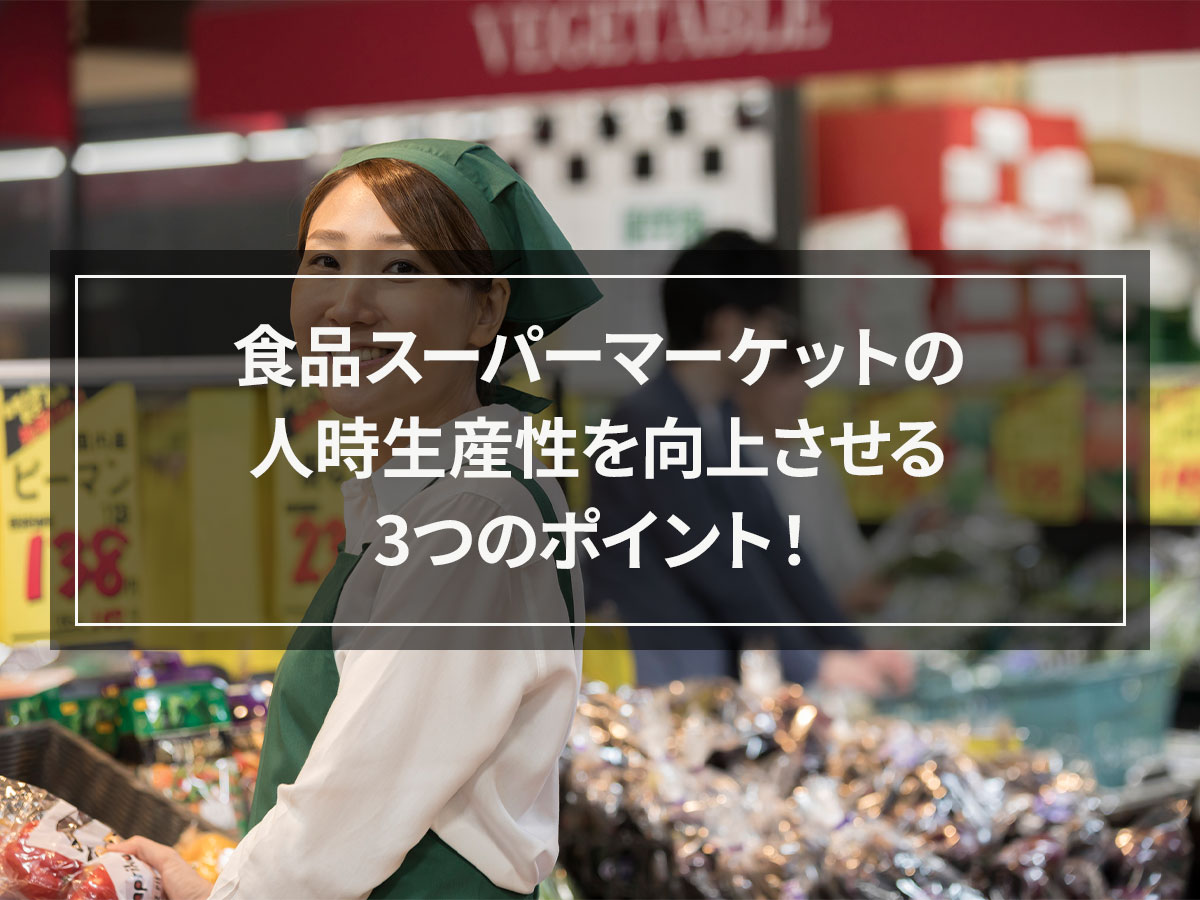
![[For the lunch box manufacturing industry] Business issues can be solved by using rapid freezing!](https://shunkashutou.com/wp-content/uploads/2024/04/f93f171f5d29bdb15c4b8d06e244b002.jpg)
![How to freeze mushroom mushrooms, storage period, and 5 recipes! [Explanation with photos! ]](https://shunkashutou.com/wp-content/uploads/2023/09/4b6ffe2ef040e90085b4ee4f0c3e72a9.jpg)
![[Must-see for bakers] 6 reasons why bakeries should use rapid freezing](https://shunkashutou.com/wp-content/uploads/2021/02/f92a102c9d3cc8c63dc7e509ce6d35d2.jpg)
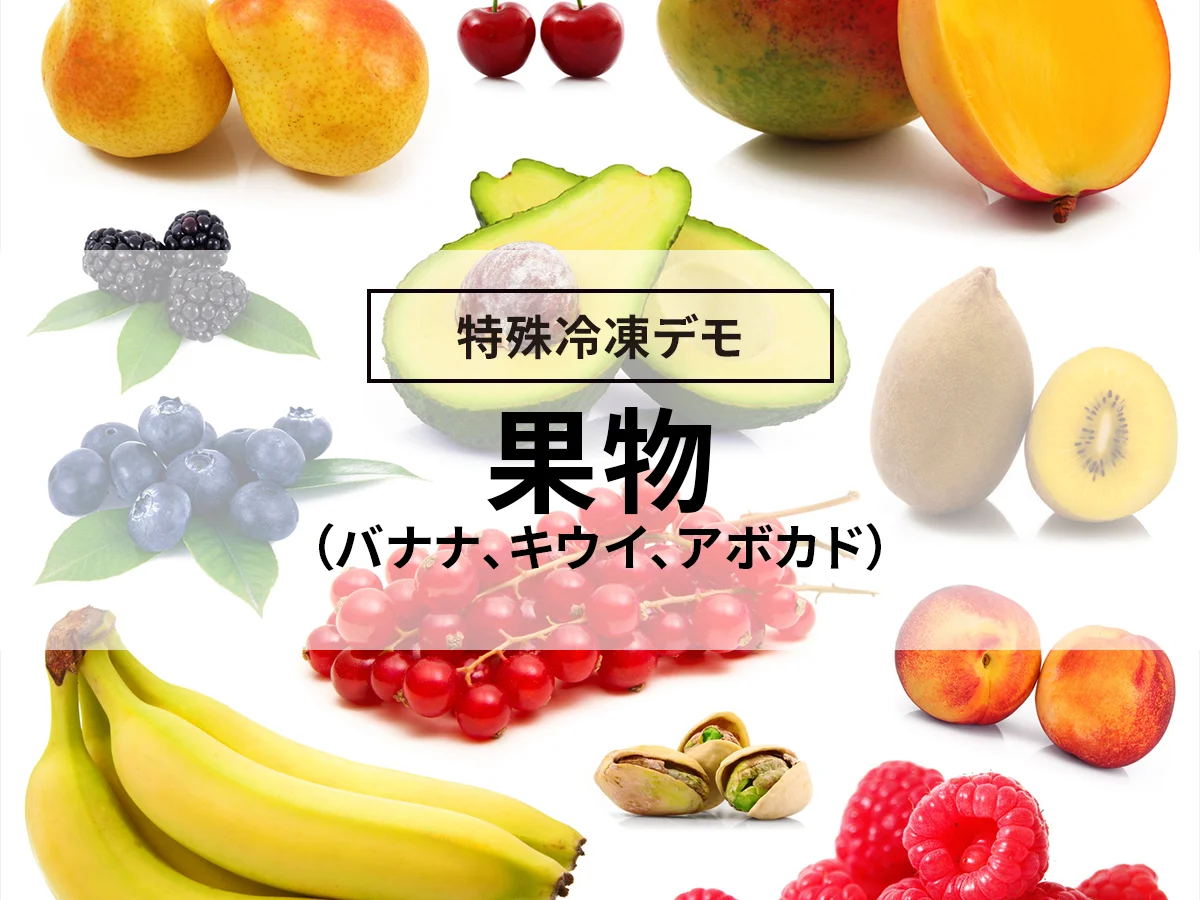
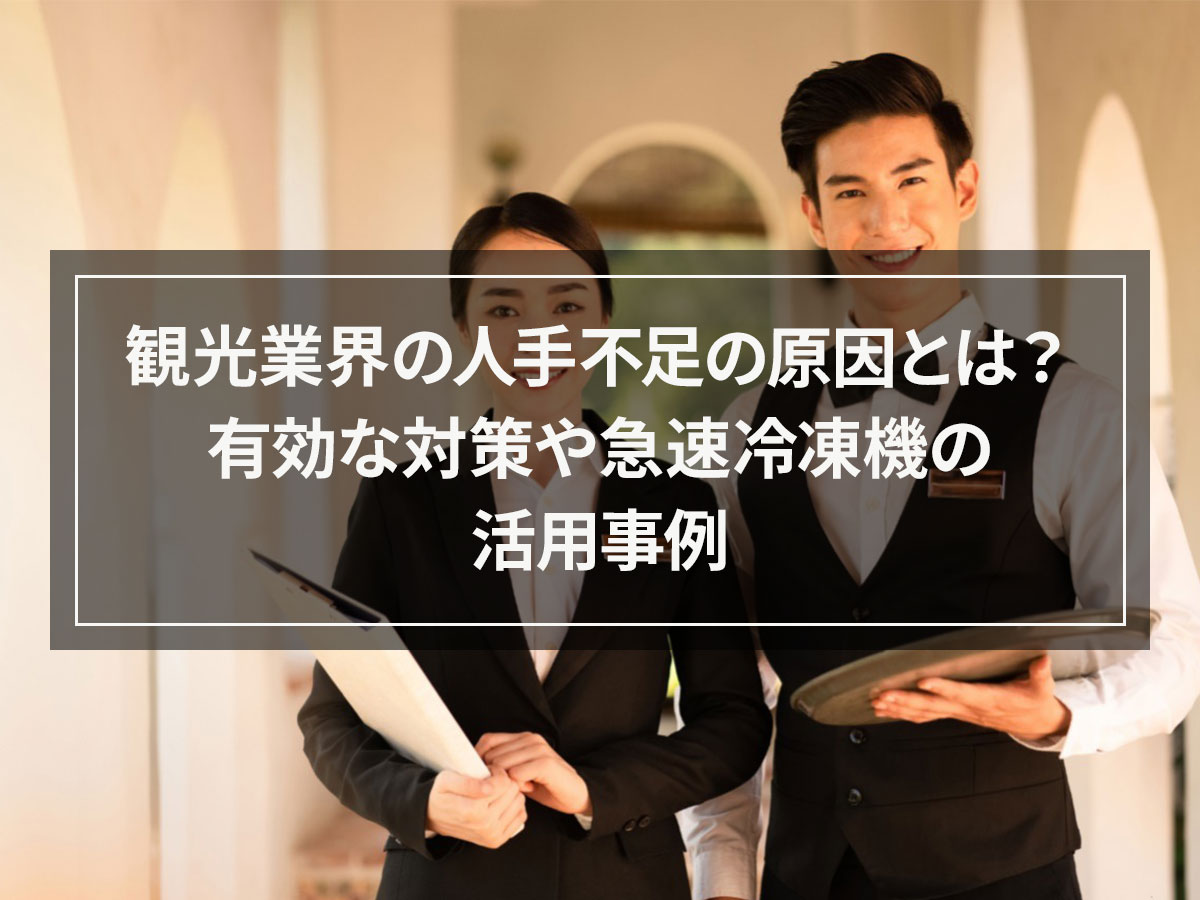
![[Bringing fresh cakes nationwide] How to dramatically increase profits at a pastry shop?](https://shunkashutou.com/wp-content/uploads/2024/09/661ea3ee6264fab6520017622c656870.webp)
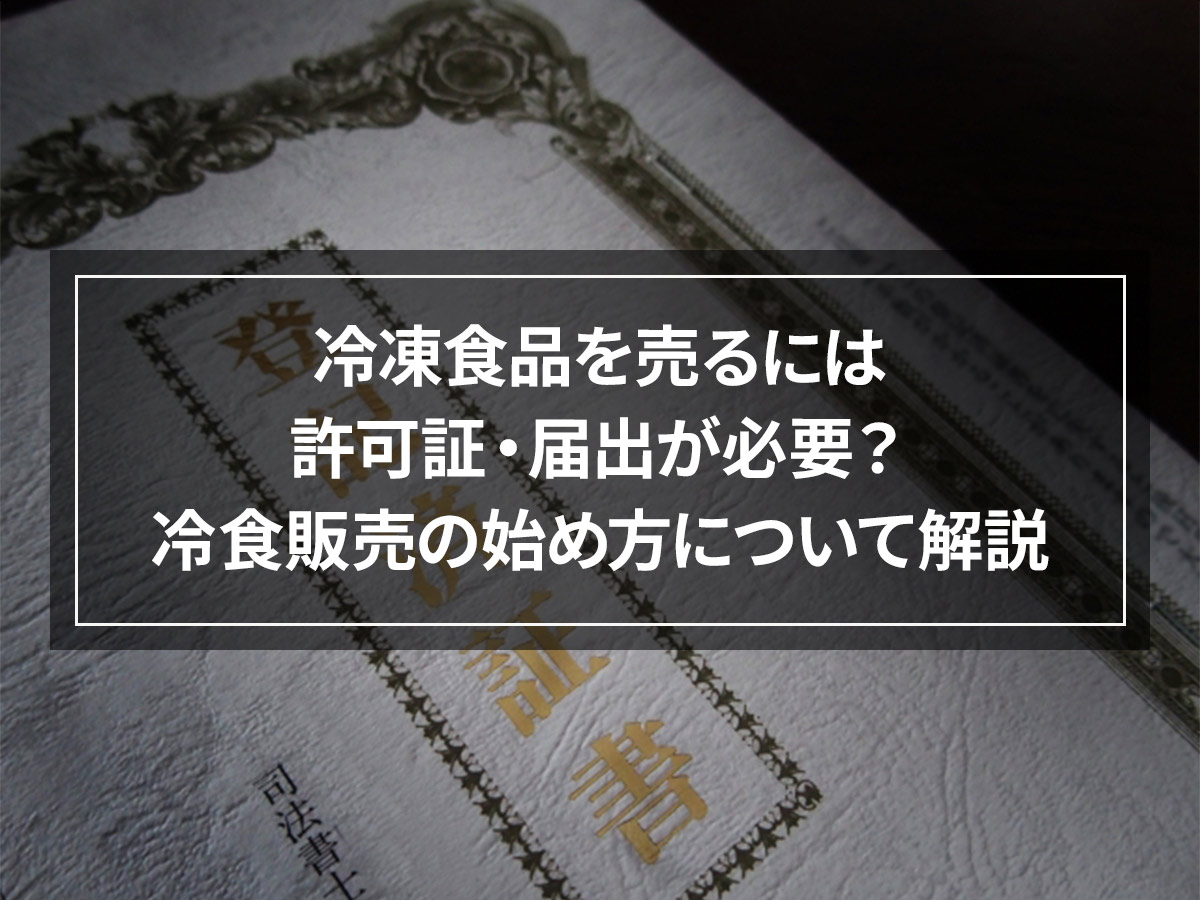
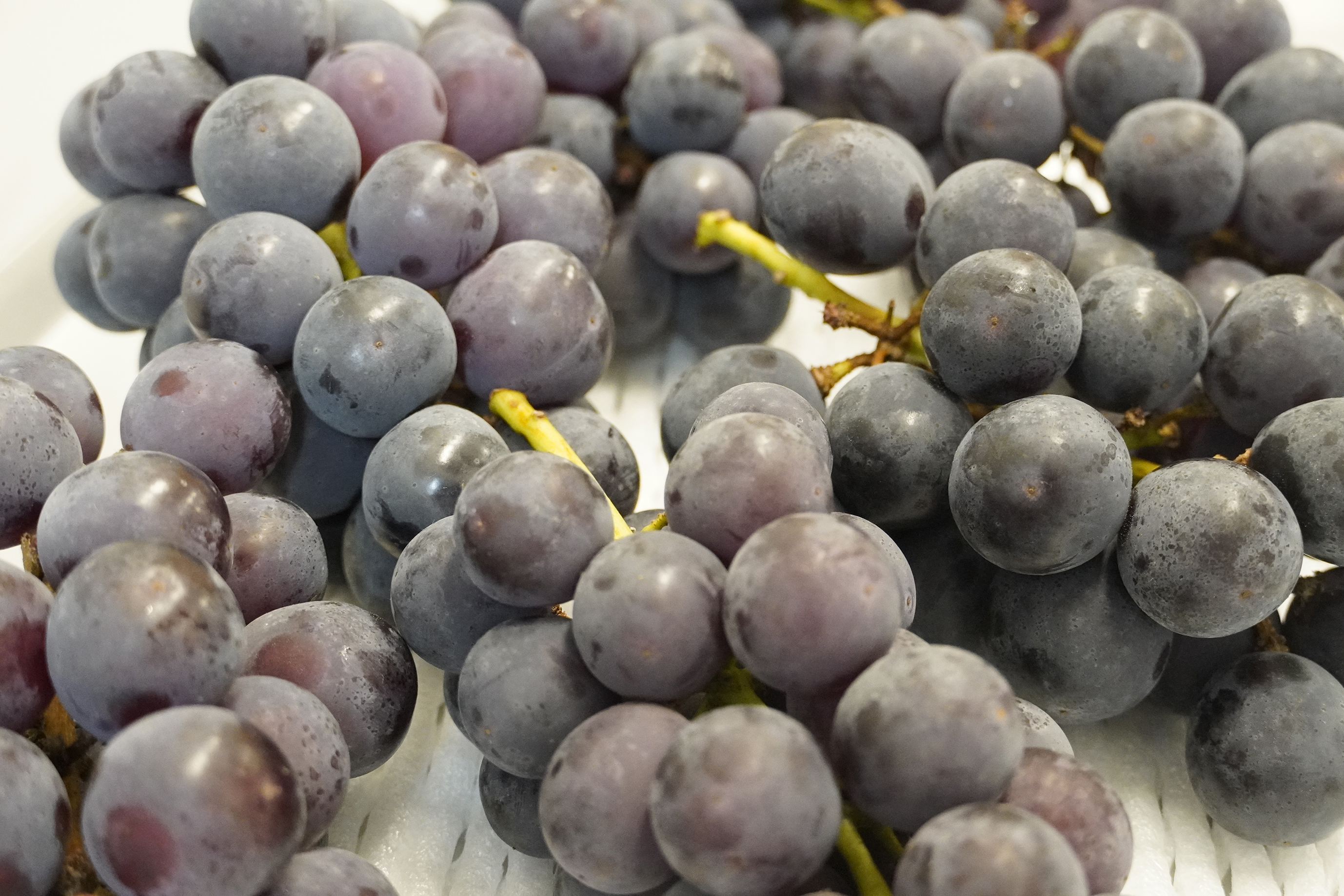
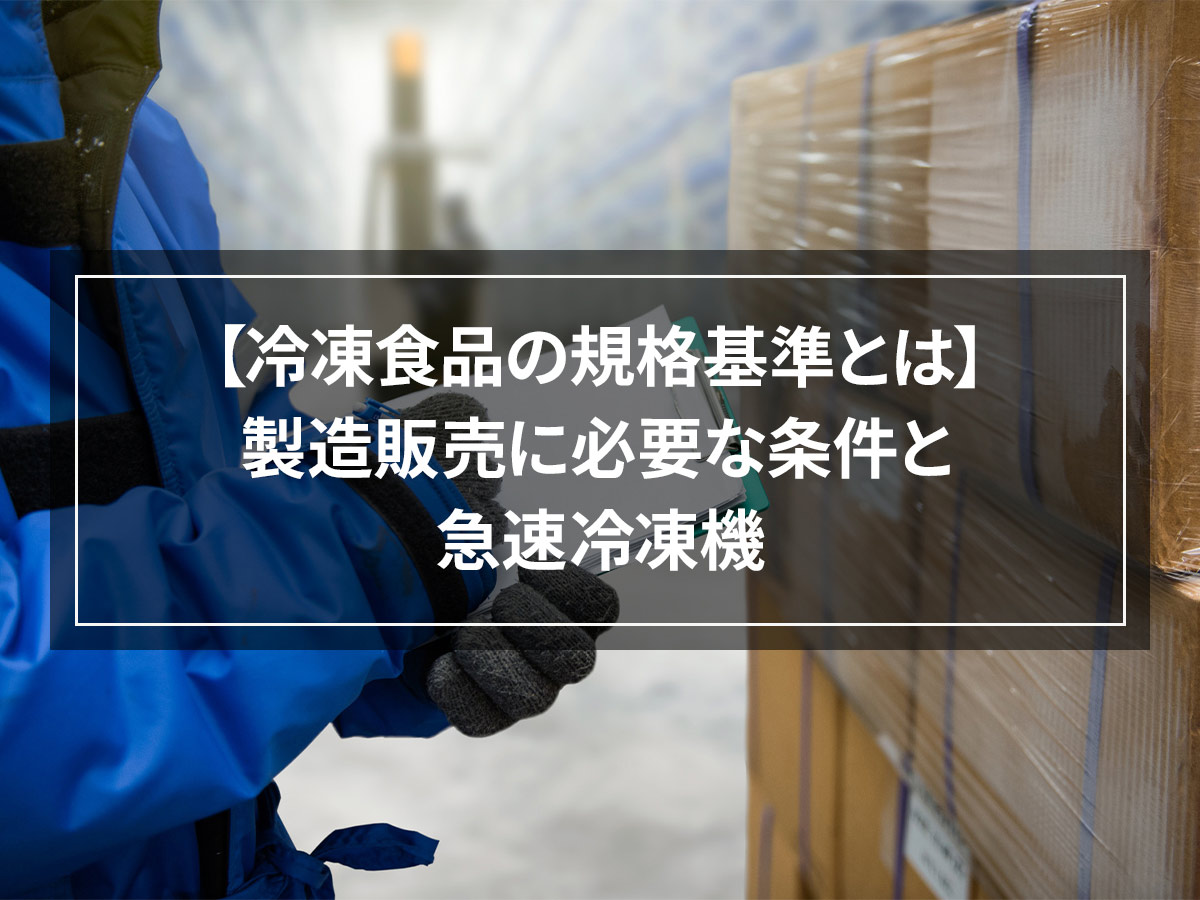
![[Improve customer satisfaction] What can be solved by introducing rapid freezer at a lunch box delivery company for the elderly?](https://shunkashutou.com/wp-content/uploads/2024/07/c8a5aa8730d5ae7441fd1aa6ee8757ef.webp)
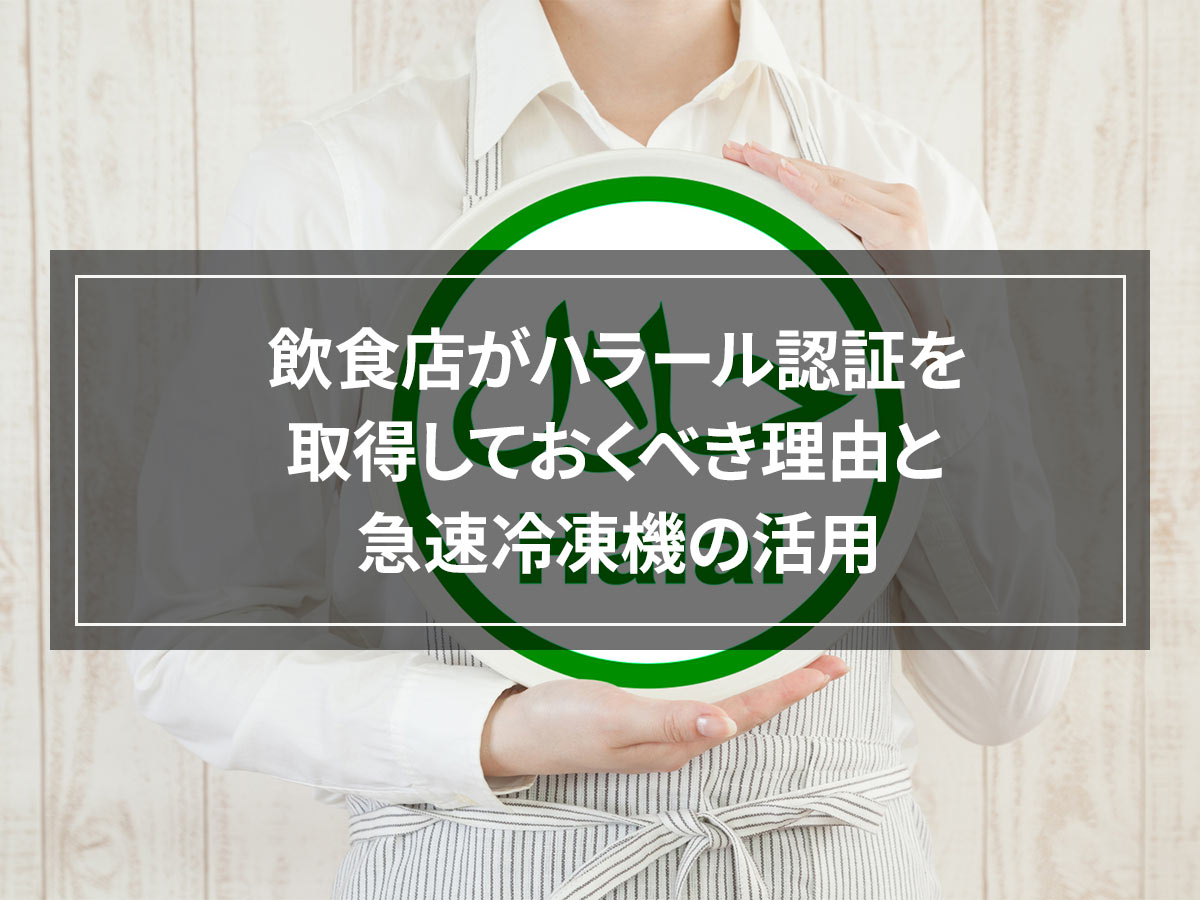

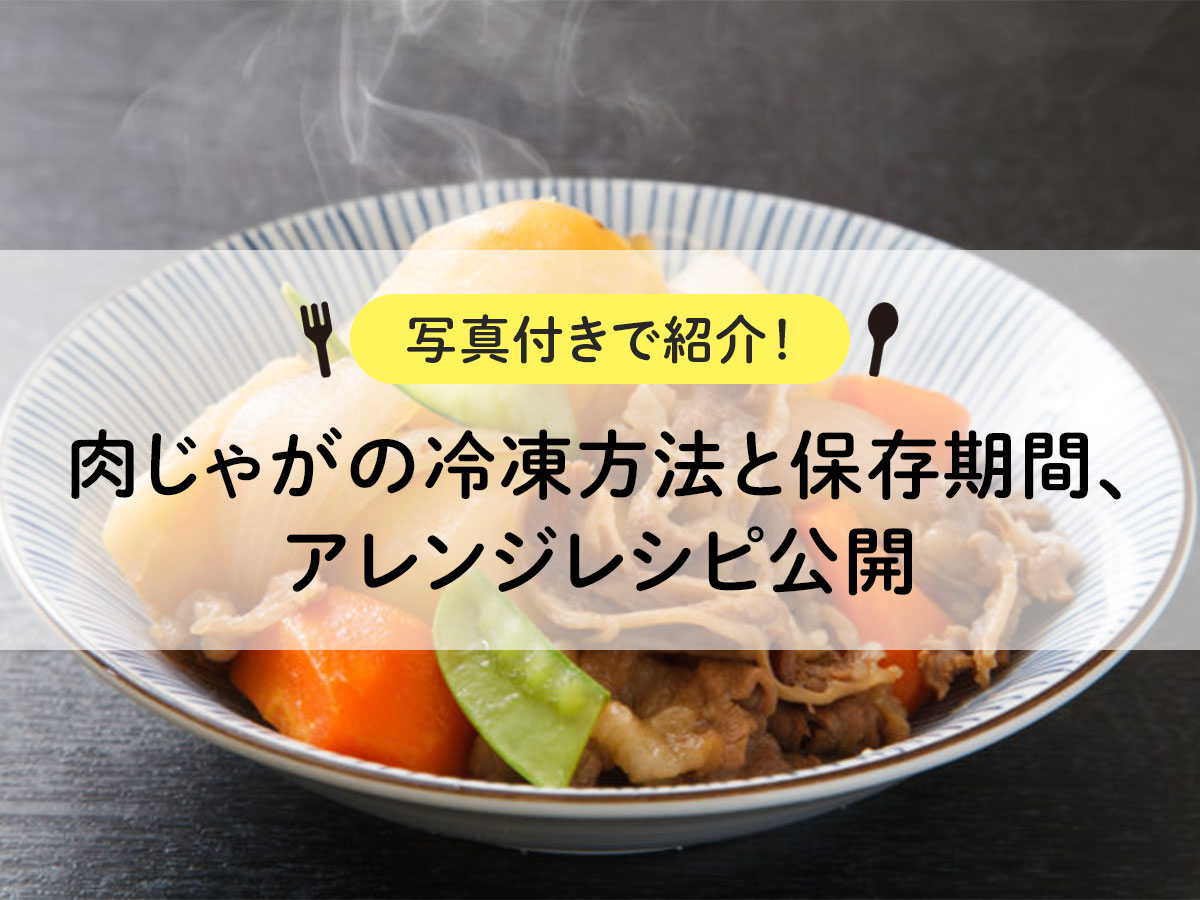
![[Explanation with photos] How to freeze octopus, storage period, and 5 recipes!](https://shunkashutou.com/wp-content/uploads/2023/10/5128a2b3fa3cc254cffab87821372215.jpg)
![[Explanation with photos! ] How to freeze mackerel fillets and 5 carefully selected recipes!](https://shunkashutou.com/wp-content/uploads/2023/10/bf45f102162a8d43387d3a8d3e538034.jpg)
![[Explanation with photos! ] How to freeze saury, storage period, and 5 recipes!](https://shunkashutou.com/wp-content/uploads/2023/10/fff0f92d808aca2392b3eb576f218f08.jpg)
![[Includes grilling instructions] How to freeze hamburger steak, storage period, and carefully selected recipes!](https://shunkashutou.com/wp-content/uploads/2023/09/eb3a531f7fd023f973240f698c092b64.jpg)

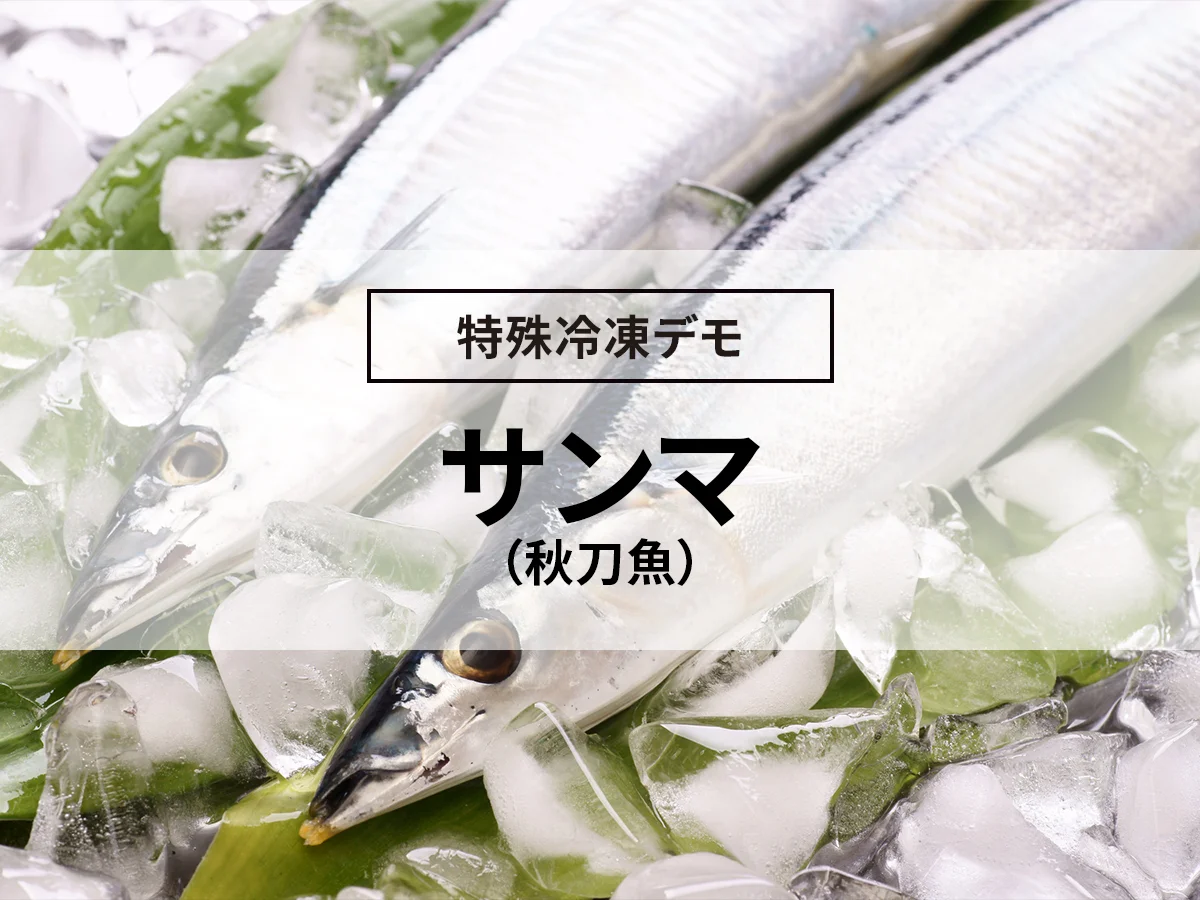
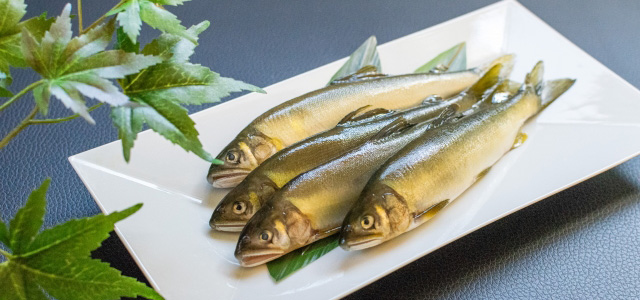
![How to freeze celery, nutrition, and 5 recipes! [Explanation with photos! ]](https://shunkashutou.com/wp-content/uploads/2023/09/serori-768x512-1.jpg)



